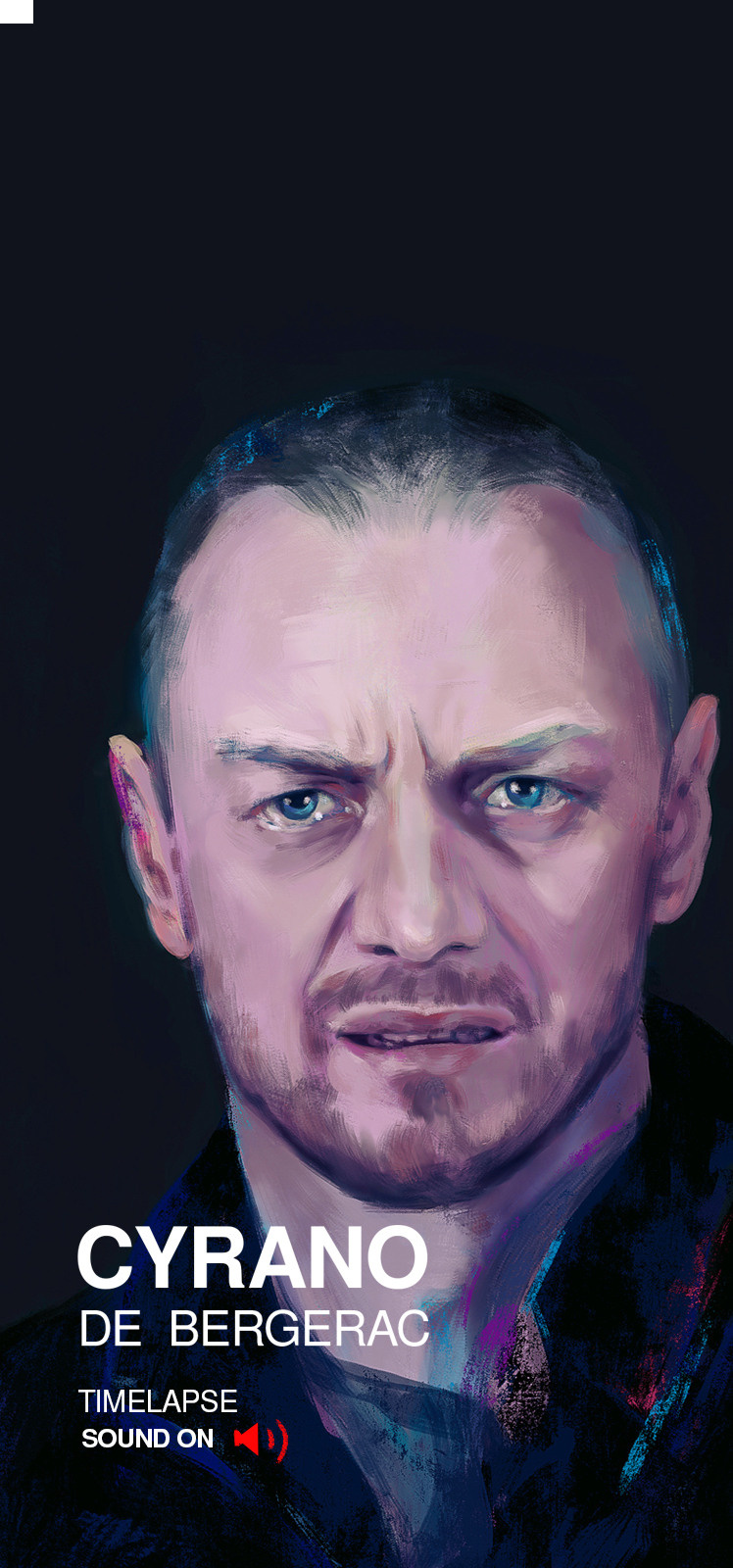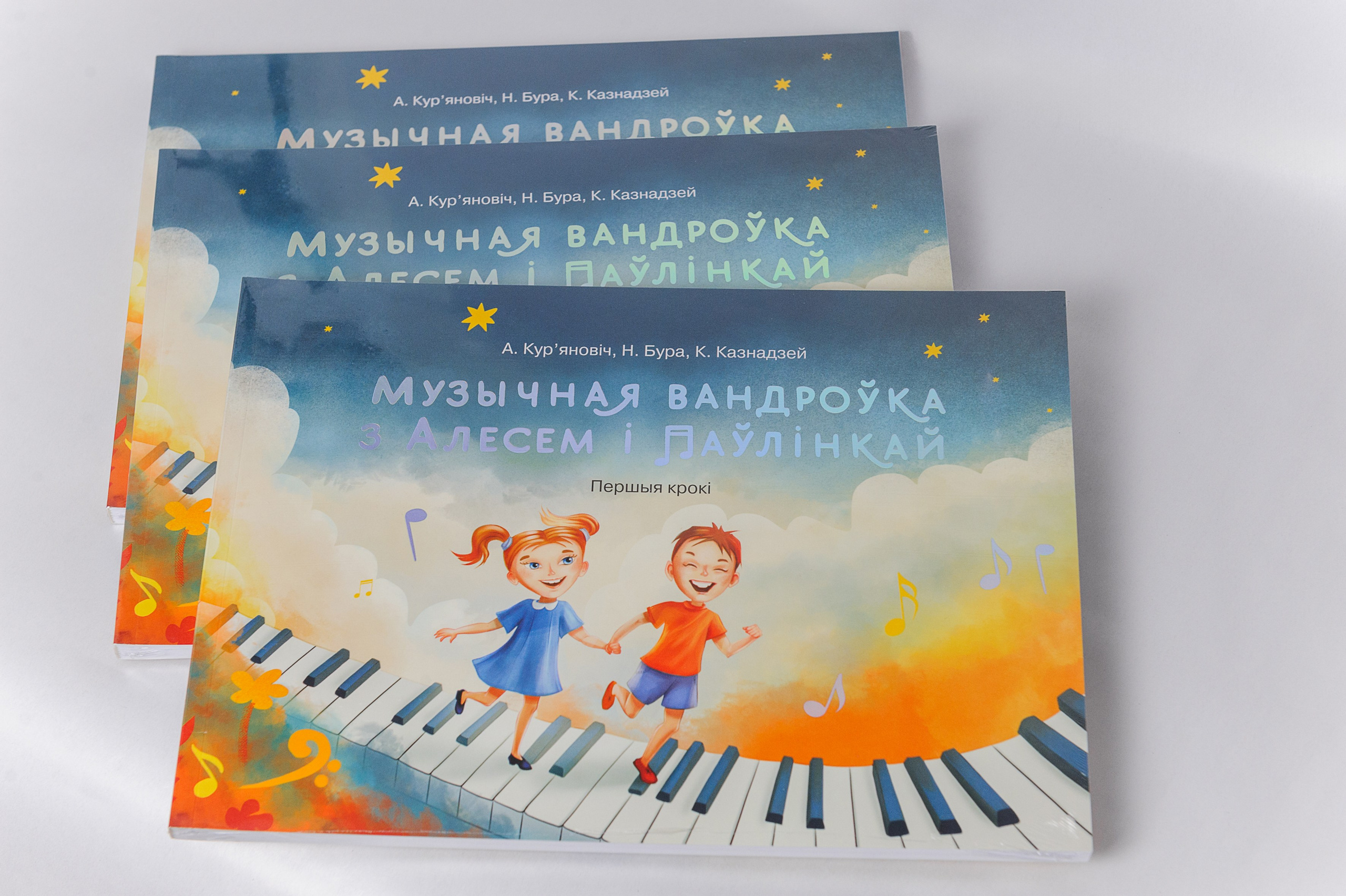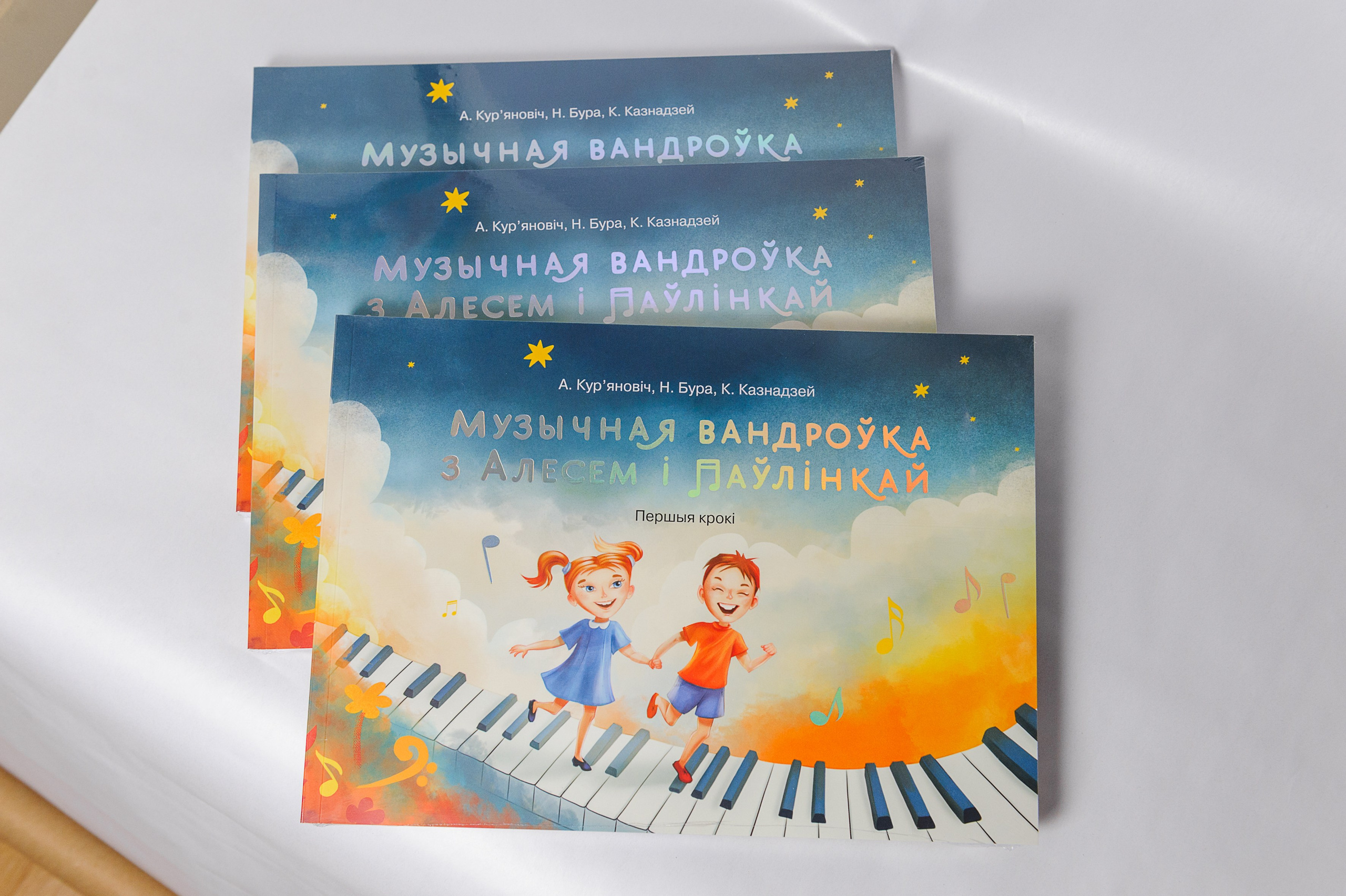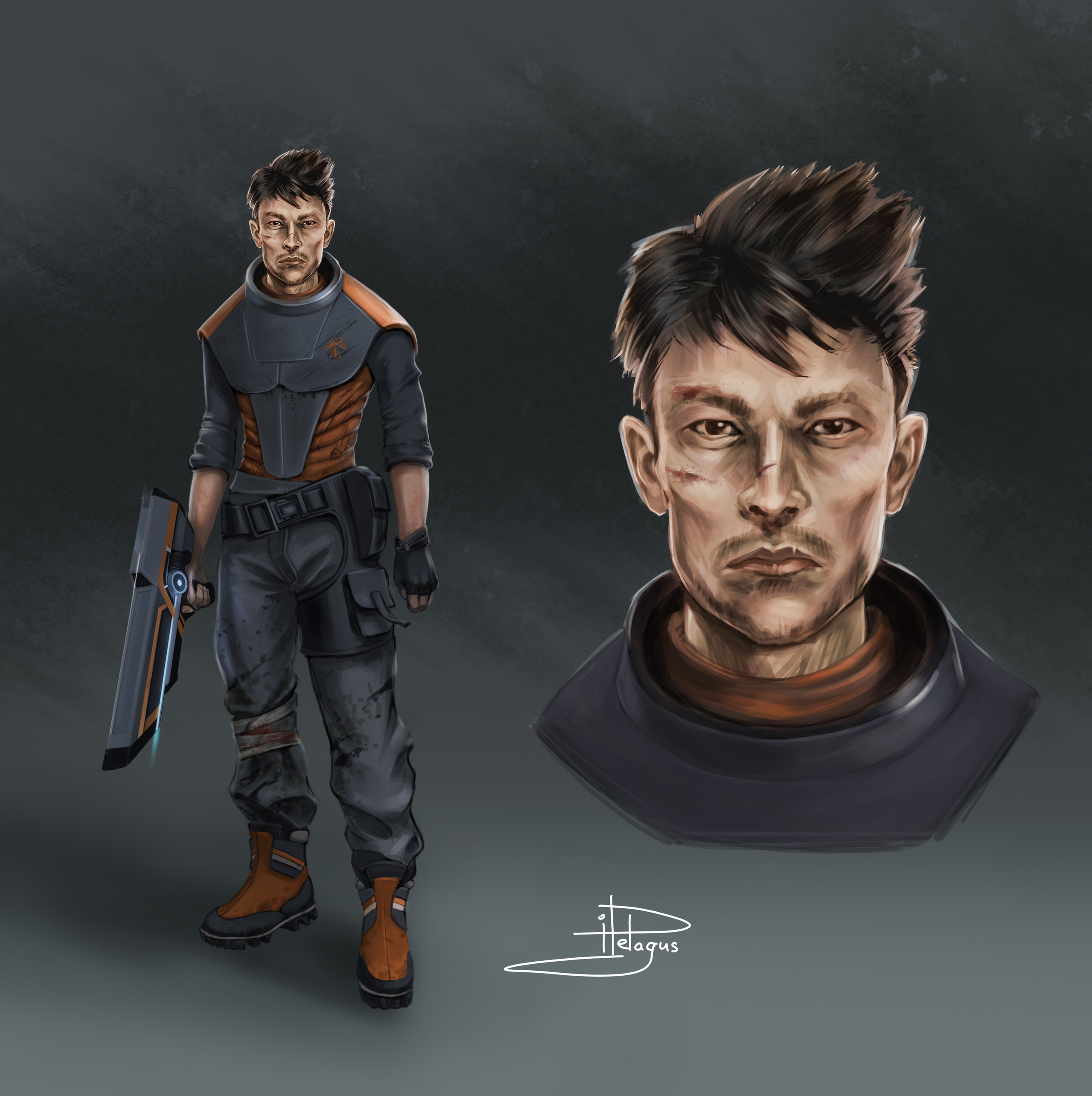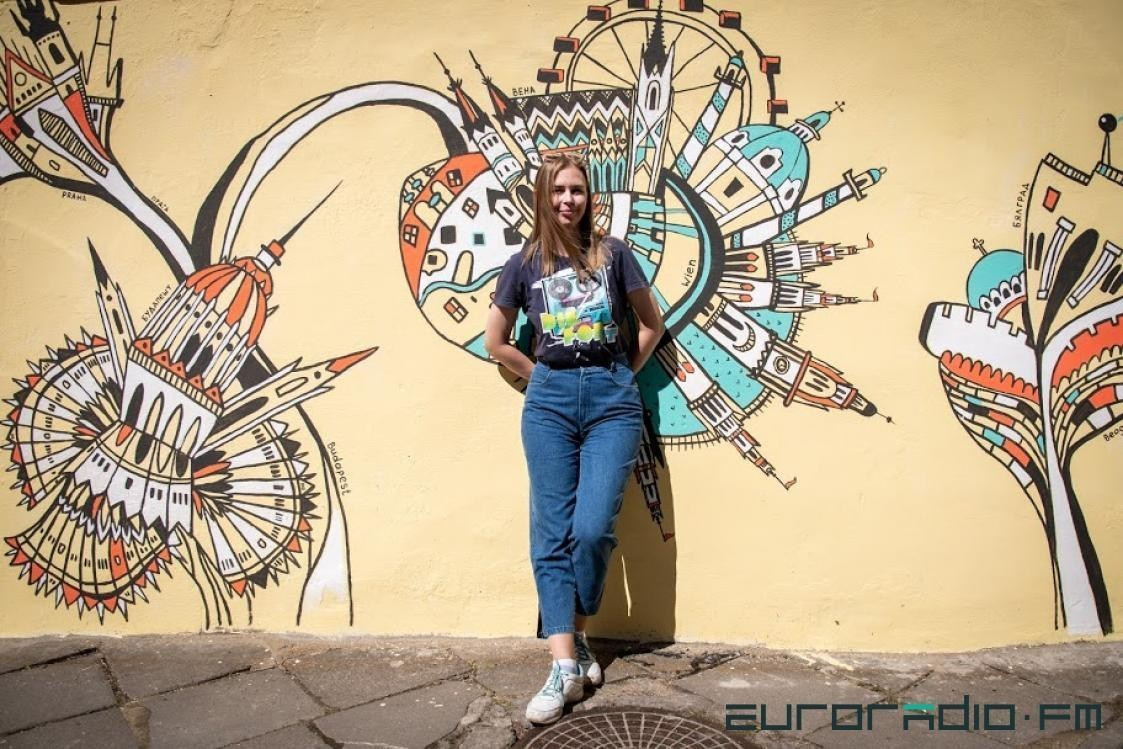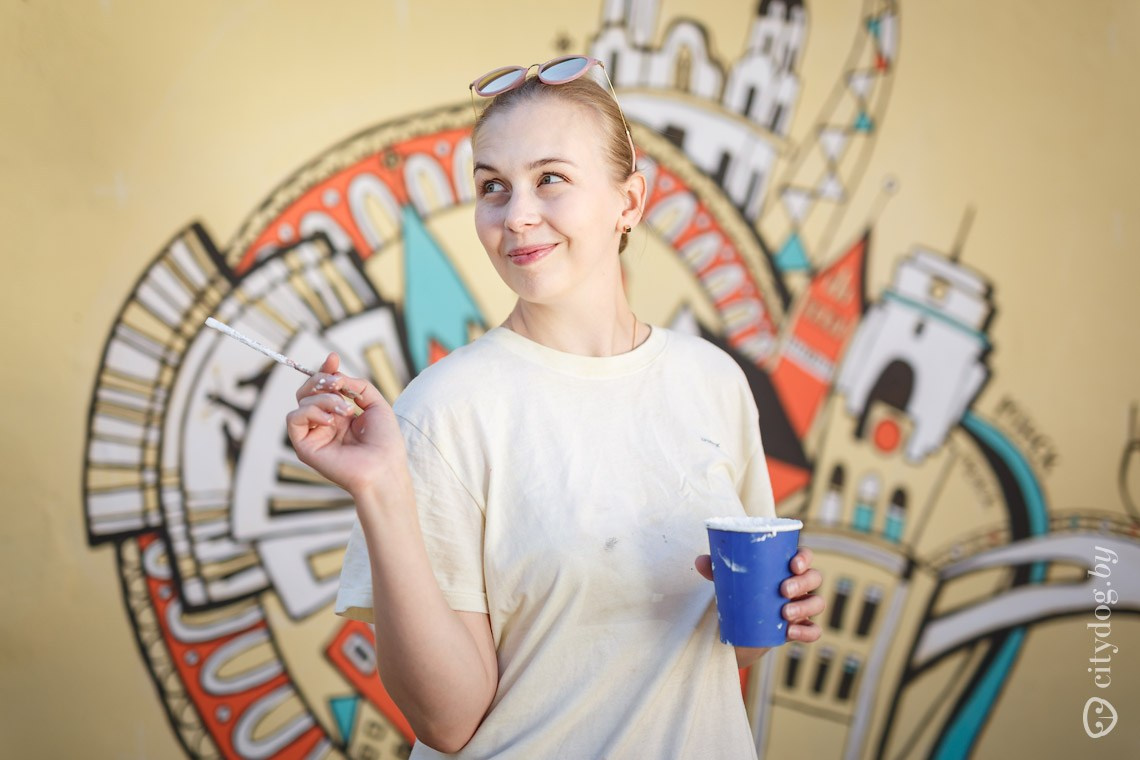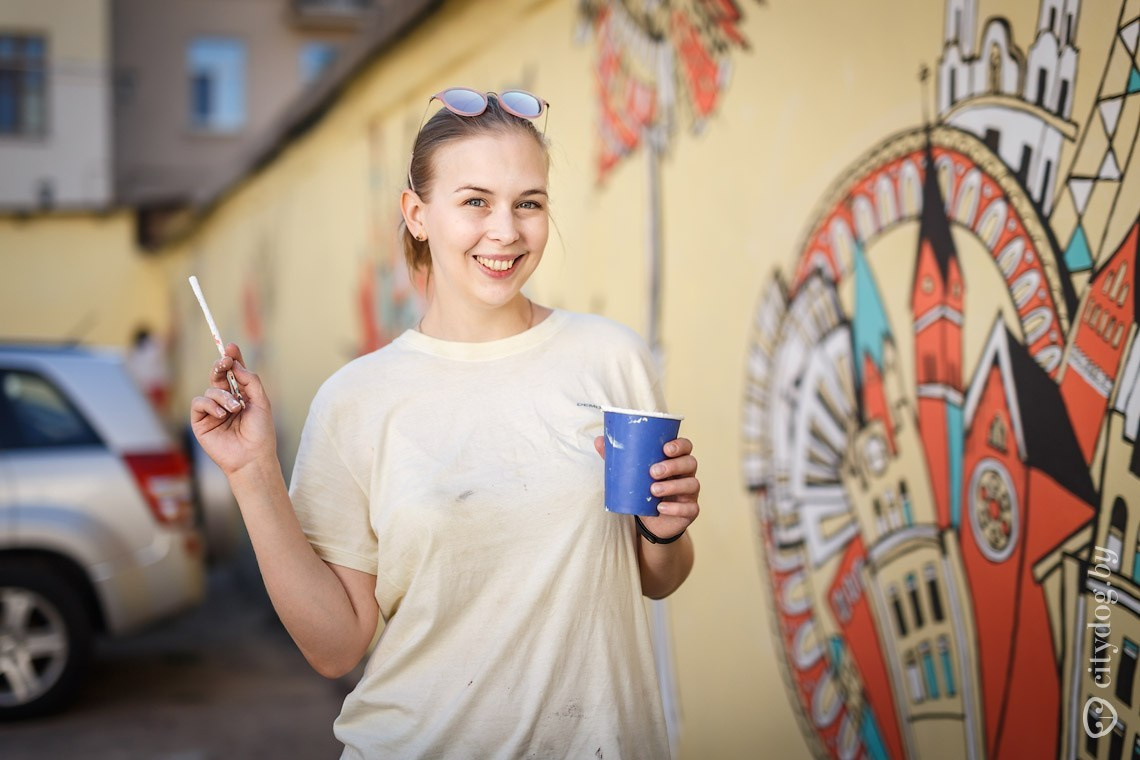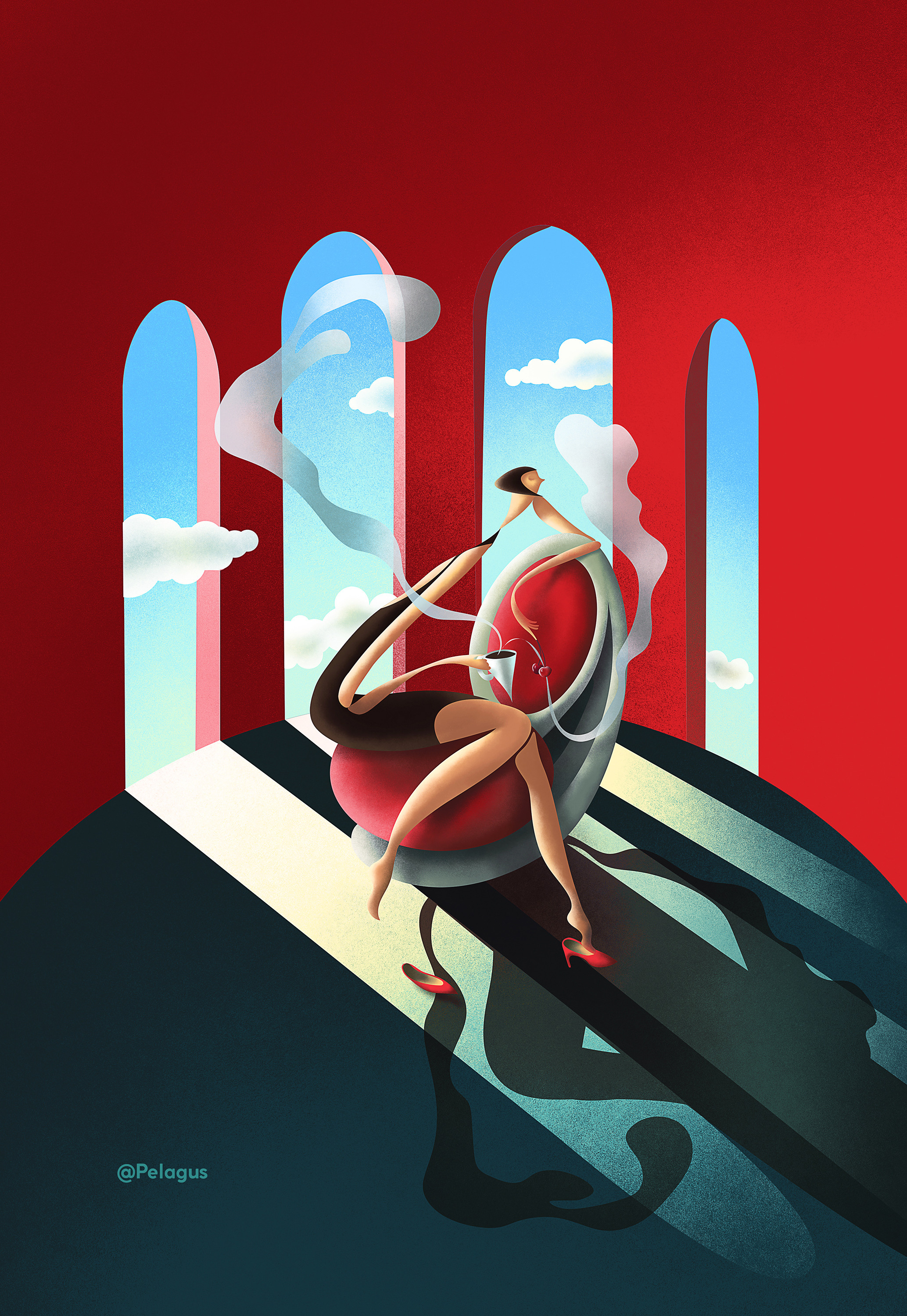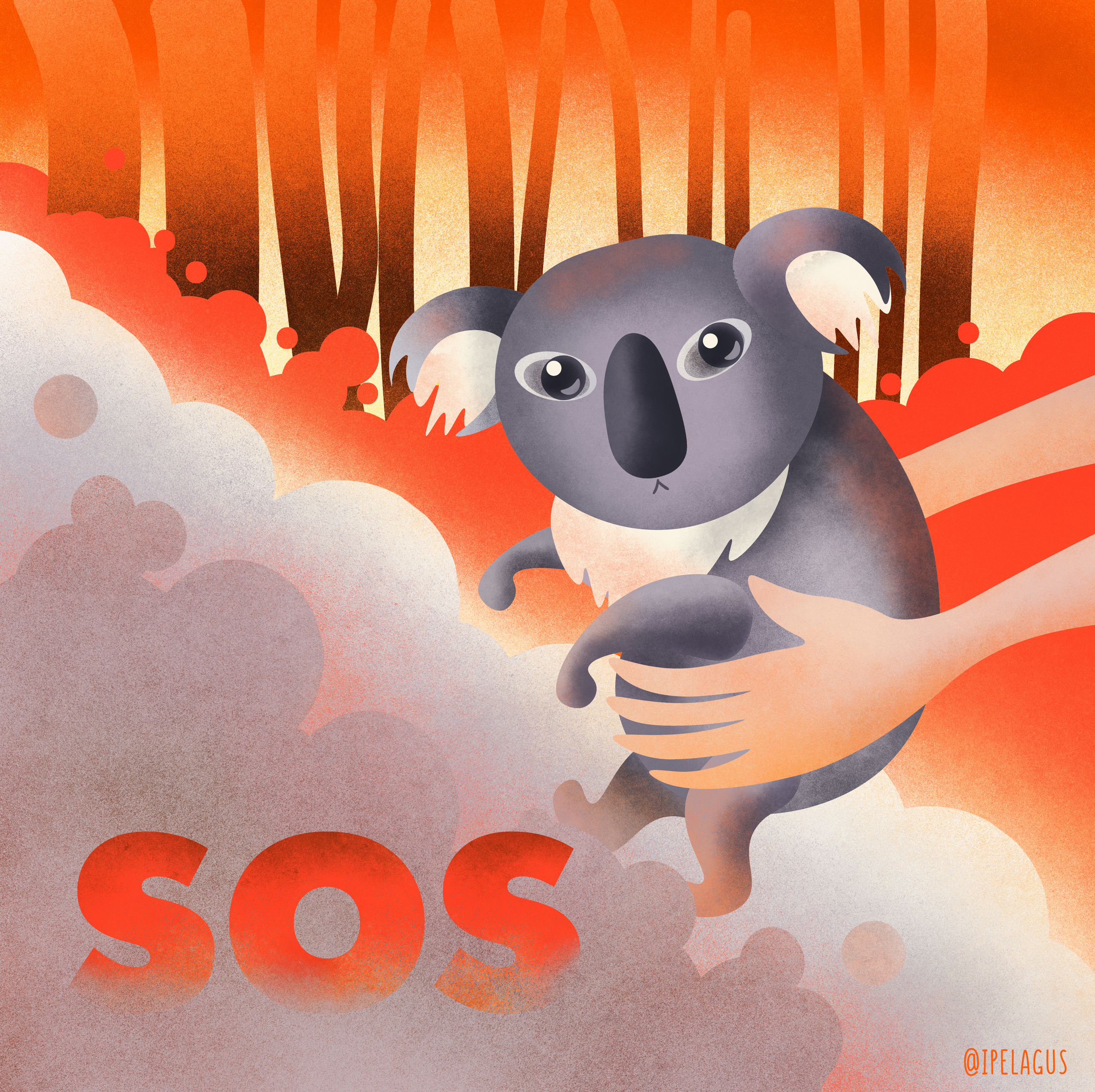“Radio Stolitsa” — Minsk, Monday, July 1, 2019
Interview with Katya Kaznadey
Artist behind the mural ” CityFlowers” in the center of Minsk
Program: CLOSER TO THE STARS
Host: Alena Davydova
⚡Challenging yourself…
This time, our guest in the Minsk studio is Katsiaryna Kaznadey.
She spent 16 years working at the National Opera and Ballet Theatre of Belarus,
and then made a dramatic life change — devoting herself to visual art.
She is now painting a large-scale mural in the center of Minsk.
👉🏻 A dull garage wall is gradually transforming into a bright art object —“CityFlowers”
(musical intro — 3 seconds)
Late at night, here in the capital’s studio, we welcome special guests. Without
fuss. About life and art, past and future. Closer to the Stars.
Alena
(music plays)
Good evening to everyone eager to meet interesting and talented people. Closer
to the Stars on Radio Stolitsa is just the place where these
meetings happen.
Tonight, behind the conductor’s console is Katerina Bulka, and at the
microphone — Alena Davydova.
Joining our all-female company — and I think even leading it — is the artist
Katya Kaznadey.
Katya, good evening.
Katya
Good evening, Alena.
Alena
You know, I think during the music break, I should walk between the two of you
and make a wish — since we have two Katyas here.
Got to take advantage of the
moment.
Katya
Definitely.
Alena
Let me add that we’re accepting listener questions by SMS at number 9705.
Katya, thank you for taking the time to come.
Katya
Thank you. And I’d like to say right away that today I’ll be speaking in
Russian, because most of the people around me speak Russian, and I don’t get
much practice speaking Belarusian.
So, in order not to waste time and to share more interesting things, I’ll
switch to Russian, if that’s alright.
Alena
I think we’ll understand each other just fine.
Katya
Thank you very much.
Alena
But do come by more often — to hear more Belarusian and practice the language
too. Our native, dear, and comfortable one.
Katya
Thank you.
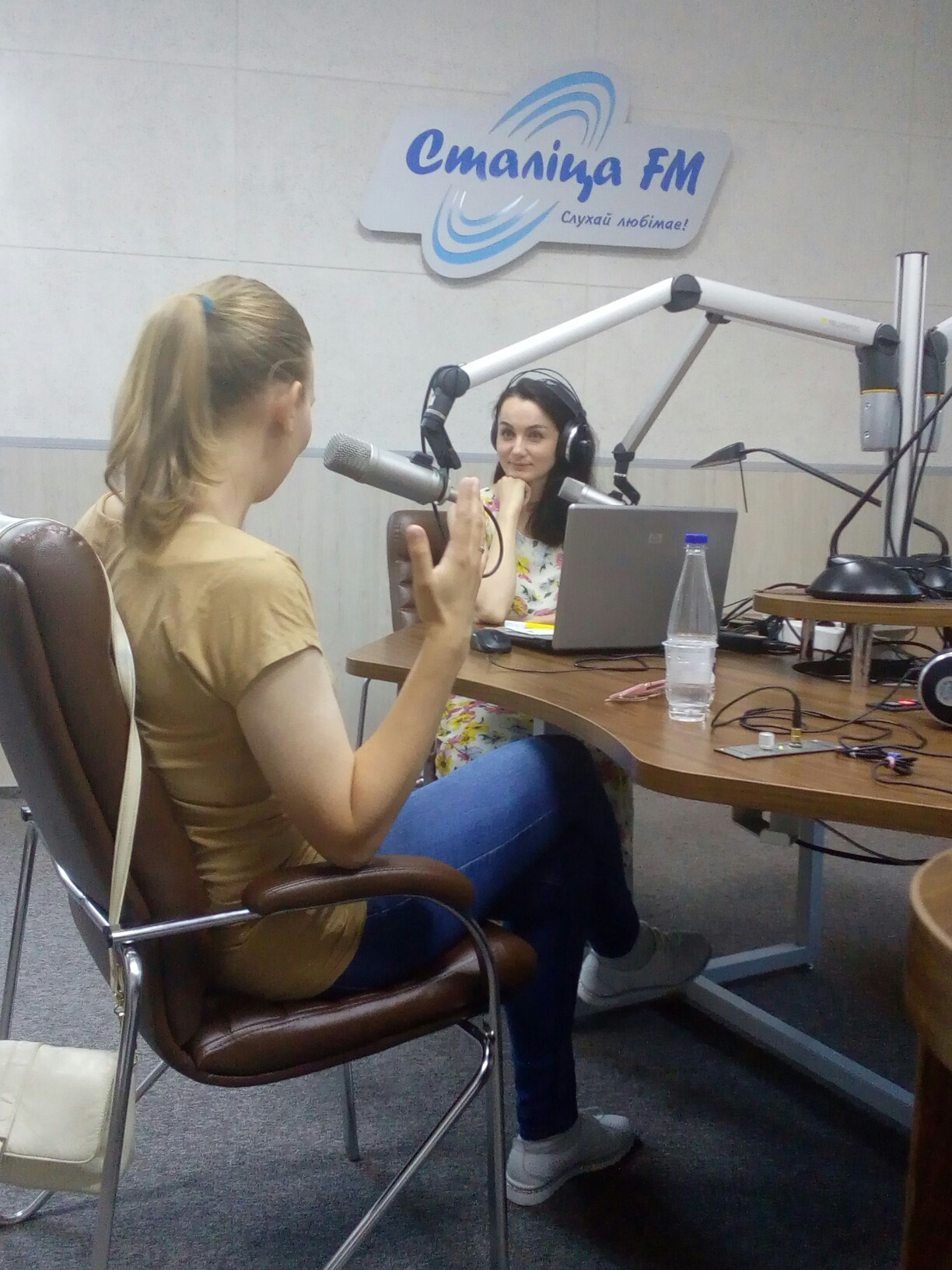
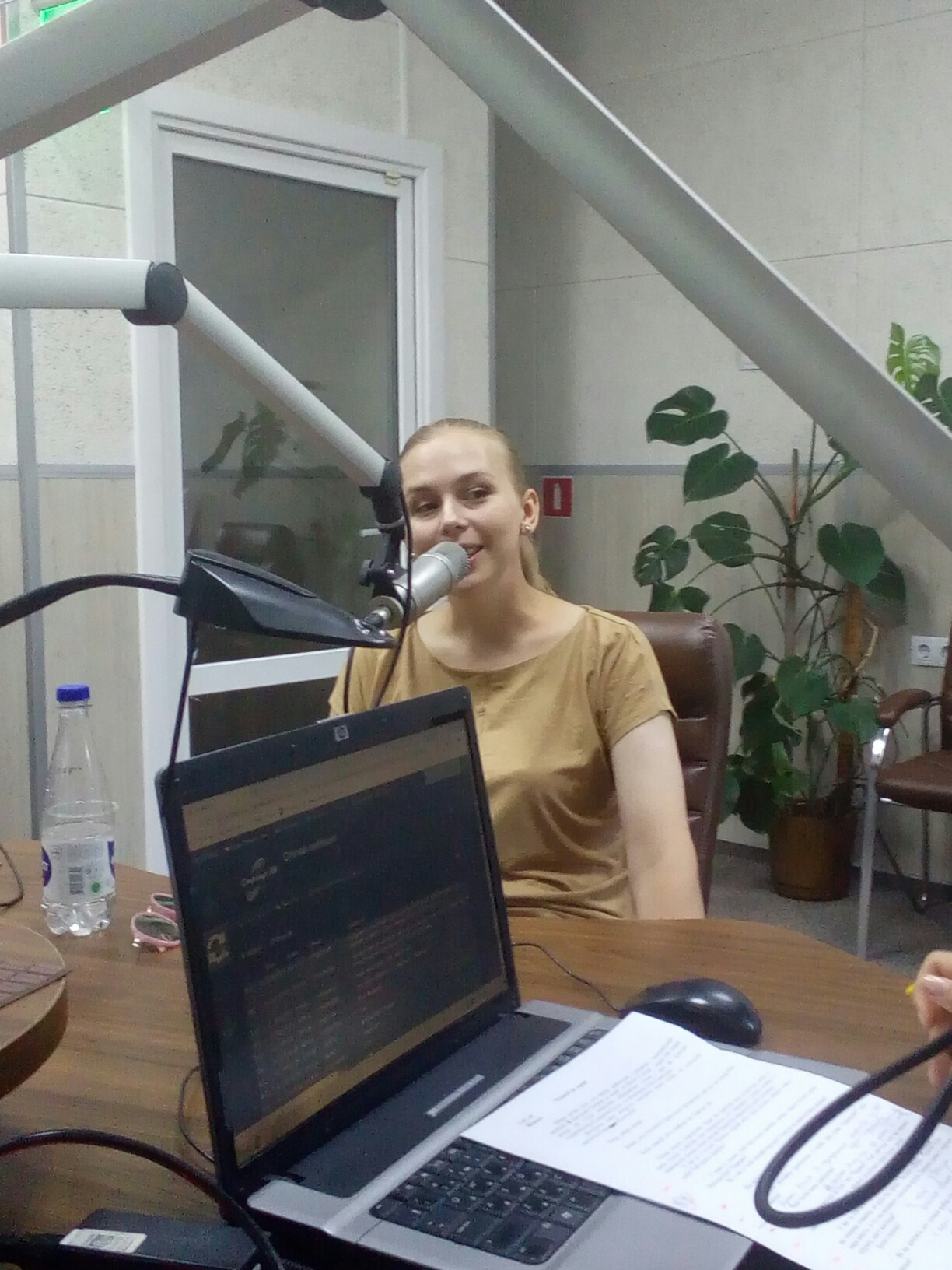
Alena
But whatever’s most comfortable for you, really — so we have time to talk more.
It’s July, Monday the first. For those who want to change something in their
lives, this is a perfect moment. The month and the Monday have lined up.
As they say — if you’re looking to change, there’s no way out now. It’s time to
act.
But when you want to change something, do you wait for a moon phase, a special
date, a sign from the sky — or do you just decide and go for it?
Katya
Definitely the latter. I just listen to my mood, to my heart, and try to follow
where it leads.
And that often brings change. But it’s not change for the sake of change — it’s
following a dream. That’s how it is.
Alena
Speaking of change, I always think of the saying: “Change” and
”Change begins in your mind ”
.
And of course, the song by Viktor Tsoi — Peremen (Changes).
What’s your relationship with that song? And in general, what kind of music
surrounded you in childhood and surrounds you now?
Katya
Well, of course, as a professional musician, I’ll say music plays a huge role
in my life.
And in childhood, it was classical music — definitely.
Strangely enough, we did listen to it.
Mozart was the composer I started with — the one I fell in love with, even if
it was an abstract kind of love, with the figure of Mozart.
Later, when I entered music school, I naturally discovered other composers — I
discovered Bach, I discovered Rachmaninoff.
I was completely captivated.
I love complex music — music that carries something deeper than just a set of
light melodic turns, simple enough to play on any guitar.
These days, I mostly listen to British music — Pink Floyd, Radiohead.
I love older bands.
I love jazz. Jazz is actually what connected me with my husband, the
photographer Aleksey Kaznadey.
So that’s the atmosphere I live in.
Music helps me immensely in my creative work.
I mostly draw while listening to music without lyrics — some kind of cosmic,
ambient sounds that help me meditate, enter a creative state, and come up with
new ideas.
Alena:
I’d love to get that playlist from you right now and listen to every single
piece! You describe it so vividly — it makes me want to fully immerse myself in
that world, especially in the kind of music you draw to. It creates such a
special mood, a unique atmosphere.
But let’s go back to childhood — you mentioned classical music, saying:
“strangely enough, we listened to it.” What did you mean by “strangely enough”?
Didn’t your family play that kind of music at home? Was it forbidden or
something?
Katya:
Oh no, not forbidden at all. But I just don’t know — or rather, I know very few
people who grew up listening to classical music.
Alena:
I’m one of them. So that makes two of us.
Katya:
Well, then all is not lost!
You can still discover it for yourself. Most of the people I know who
were raised with that kind of music turned out to be very creative individuals.
When people say you should raise your children on Mozart — even play Mozart to
them in the womb — I actually believe that. Because back then, composers didn’t
just pull melodies out of thin air. They poured something much deeper into the
music. It’s rich with encoded emotion — and people sense that on a subconscious
level.
We might not consciously grasp the complexity. To some it may sound like just a
bunch of notes, and someone might even say, “Yeah, I could write something like
that if I really tried.” But probably not. Still, it can spark something
creative in you.
That’s how it works for me, at least. Music pushes me toward creating. I’ve
been drawing for a long time, and I remember, back when I was just starting, I
used to paint on T-shirts. I once made a Mozart T-shirt — and I did it while
listening to his piano concertos. I could work five or six hours straight, no
food, no water — just completely absorbed. It all flew by in a blink.
So yes, music truly works wonders.
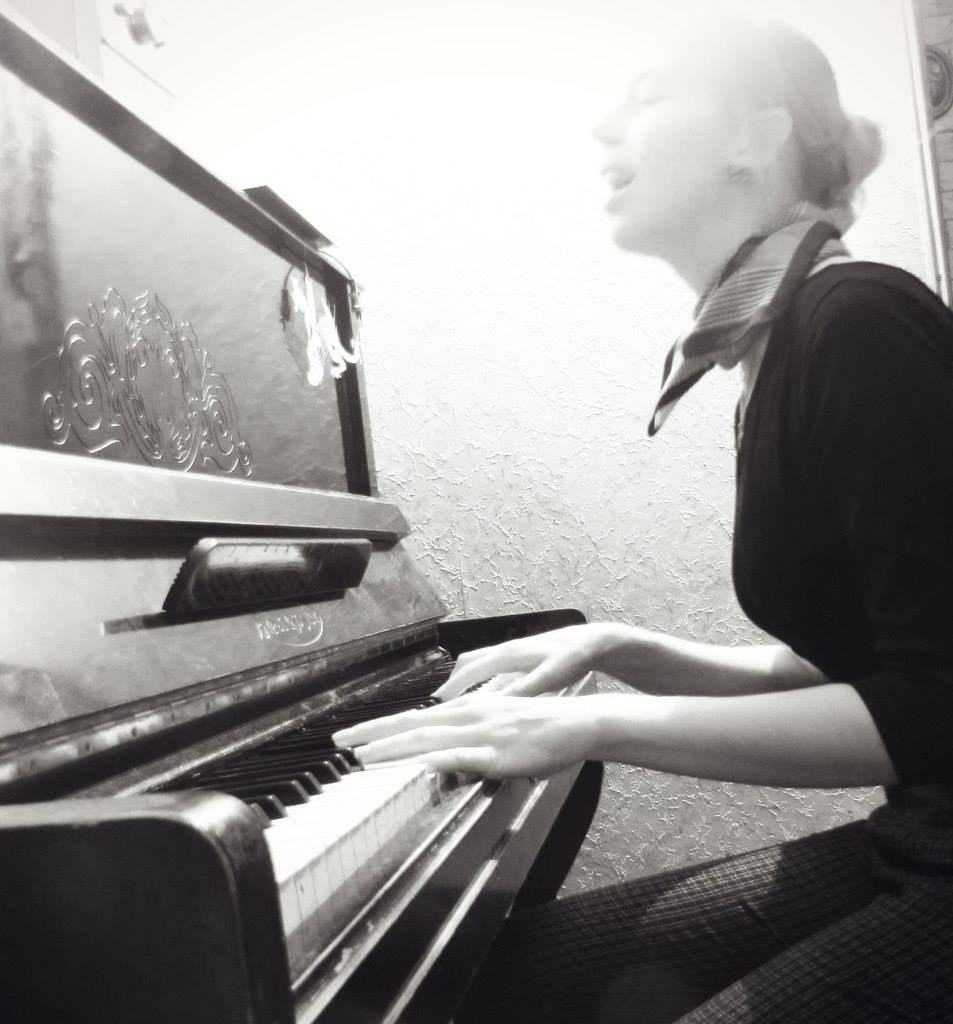
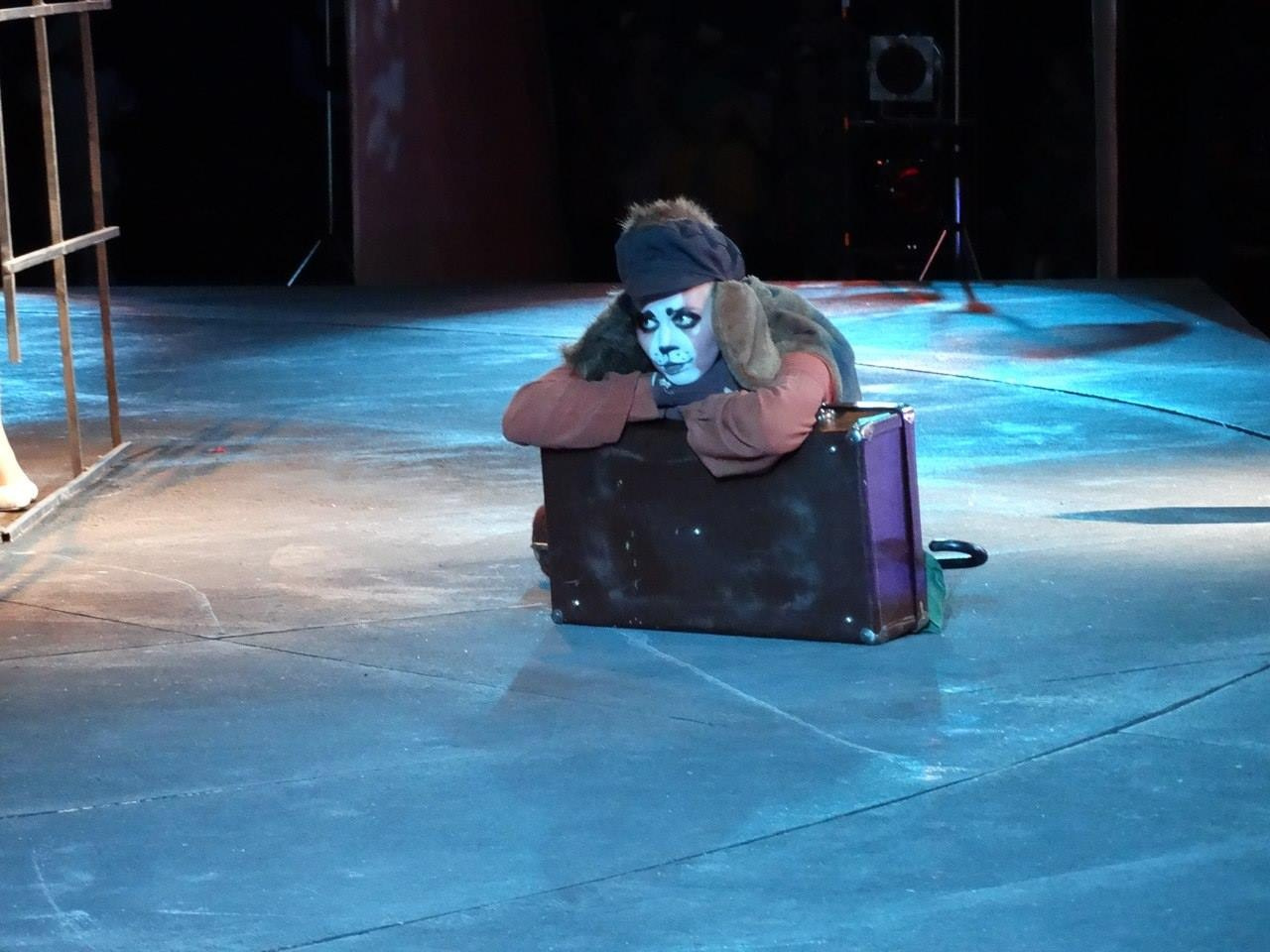
Alena:
I take it then that your professional path is tightly connected to music?
Katya:
Mm-hmm.
Alena:
You first graduated from music college, then the Academy of Music — or as some
still call it, the Conservatory. And here’s something that always surprises
people: you spent sixteen years at the National Opera and Ballet Theatre.
That’s a big part of your life.
Tell us about those sixteen years.
Katya:
Well, it’s important to say I didn’t just sing at the theatre — I also danced
and acted in performances.
That’s because I was part of the Children’s Musical Theatre Studio attached to
our National Theatre. I think it’s a unique space that allows kids to explore
all their talents. It’s been around, if I’m not mistaken, since 1992, and many
gifted people have come out of it — like “Uncle Vanya, ” a pretty well-known
figure.
The studio is basically a theatre within a theatre. Getting in wasn’t easy —
you had to audition for the director, the choir master (to make sure you could
sing without going off-key), and the choreographer too, since stage presence
and the ability to move gracefully were absolutely essential.
I took individual ballet lessons to learn proper stage presence. So yes — the
theatre raised me. I grew up in it.
I started working there when I was thirteen. But as I got older, I mostly
performed as part of the supporting ensemble — the mimans, as it’s
called — appearing in beautiful
costumes, taking part in concerts, dancing.
One of my favorite roles was Jack the Dog in The Magic Music.
That theatre is a real fusion of the arts — music, scenography, incredible
visual artists working on massive productions, painting sets, designing
costumes. That’s what always fascinated me — this synergy.
And I feel like I’m collecting all these
different forms within myself. I love everything
that has to do with art: music, painting, theatre — all of it.
Alena:
Absolutely wonderful! Oh, and we just got a text from one of our listeners,
Natalia, about The Magic Music. Here it is:
“Kateryna, I remember you in the role of Jack in the opera The Magic Music.
Thank you. I hope you’ll continue to express your talent just as brightly in
this new field.”
Katya:
Oh, thank you so much.
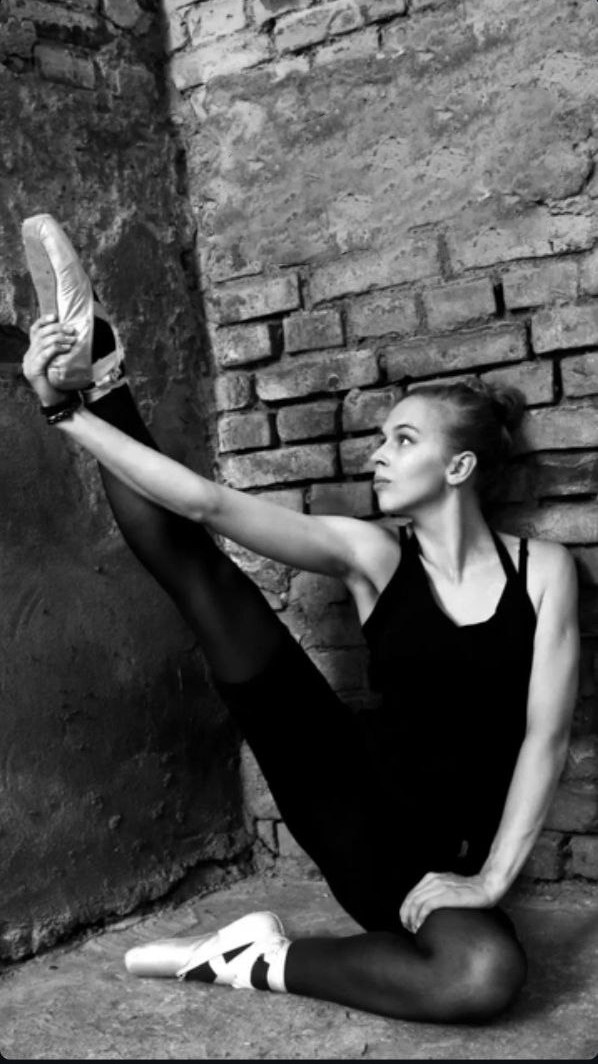
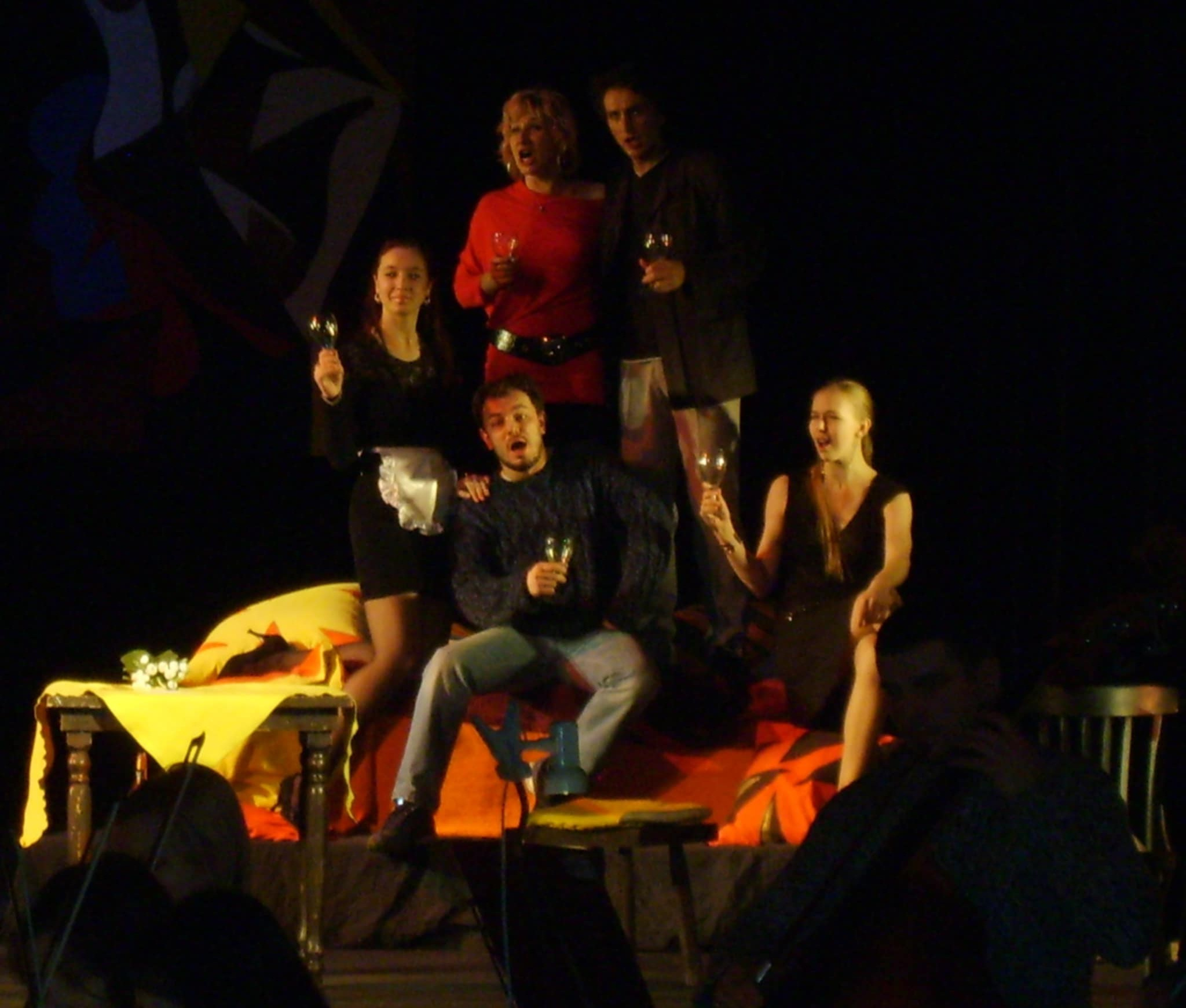
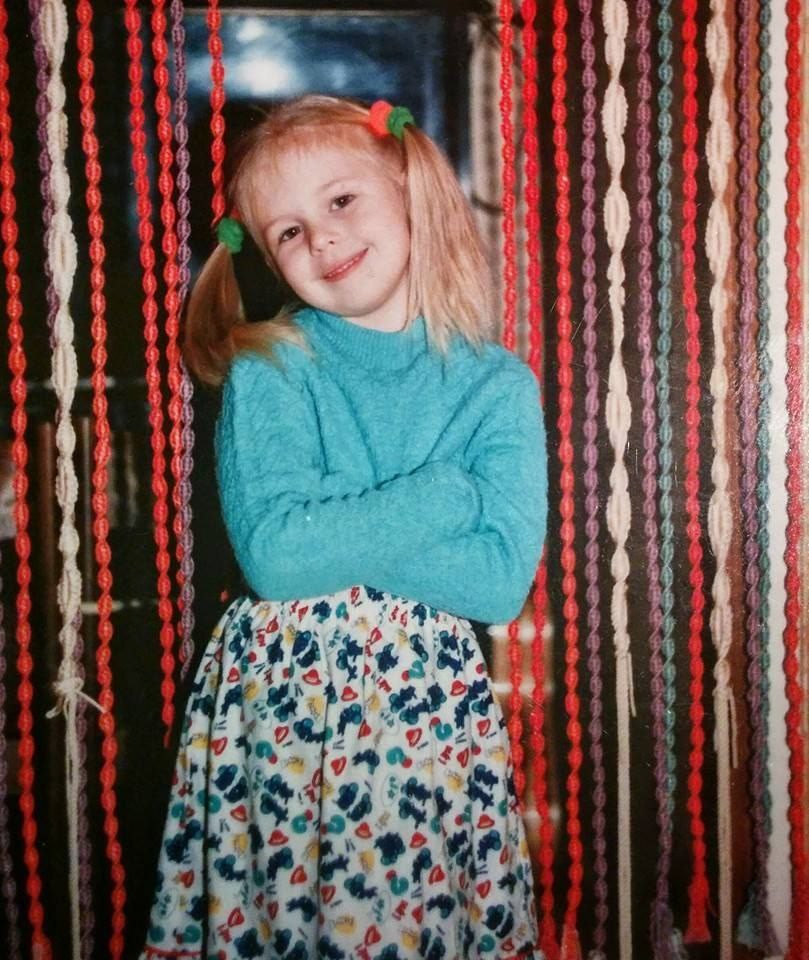
Alena:
A quick reminder — if you’d like to send a message to our guest Katya Kaznadey,
our short number is 9705.
So, let’s talk about something else.
You worked in theatre for sixteen years…
But where did your love for visual art come from?
I mean, I’m guessing it didn’t just suddenly appear after sixteen years or two
years ago. Did it start in childhood?
Katya:
Of course! It all started in childhood.
Back then, whenever someone asked me what I wanted to be when I grew up, I
would answer without hesitation: “An artist.”
But the story’s a little complicated. I really wanted to attend art school. I
kept asking my parents to let me go.
But… my mom had a friend whose little
son was really good at drawing. He got into one of the art schools in
Minsk, but within two weeks, he completely lost all love for drawing.
Because they made him draw, say, twenty identical sketches — and he was
constantly told what was “right” and what was “wrong.”
That’s how academic drawing schools work.
Alena:
So they were basically retraining him — undoing what he could already do?
Katya:
Exactly. And honestly, there aren’t many teachers in any of the creative fields
who really help you open up.
There are just a few rare ones. I was lucky enough to meet some of them,
including in music — people who helped me bring out my own talent, without
breaking or reshaping it, without doing the work for me.
Because children carry huge creative potential.
And so yes, I always wanted to draw. But it just didn’t work out back then.
At some point, my mom told me something really wise.
She told me: “If you truly want to draw — if it’s inside you — nothing can
cancel that out. You’ll end up drawing anyway. And you could become a truly
distinctive artist”
And she was right.
Nowadays, if you need to, you can always catch up on whatever you’ve missed —
take classes, go to workshops. We have YouTube, affordable courses, amazing
artists offering their own programs.
I took one of those courses — from the wonderful artist and graphic designer Sergey Pilipovich.
And that turned my world upside down.
It gave me exactly what I was missing. And I’m still learning. I’m still
learning to draw — because at 29, I realized this is what I want most of all.
Alena:
Let’s take a short break. We’ll be back in a few minutes.
SMS number 9705 — if you’d like to ask Katya a question.
(15 seconds of music)
Alena:
You’re listening to a conversation with artist Katya Kaznadey — a shining
example that it’s never too late to change your life and follow your dreams.
SMS number 9705 if you’d like to get in touch.
Katya, before the break, you were saying how you weren’t
afraid to make that change. But really — you weren’t afraid? Or maybe just a
little?
I mean, sixteen years of working in one world — you knew everyone, the whole
circle of people, you were “one of them.”
And then suddenly: Art.
Painting. A completely different scene, different people.
Katya:
I get what you mean. Of course, it was scary.
It was a huge decision — basically letting go of almost twenty-two years of
music education, if you count my music school days as well.
But to be honest, I don’t think music is that far removed from visual art.
Technically, yes — they’re different.
But look at this: music has rhythm — and painting has visual rhythm.
Music has tone — and painting has tonal value.
Some artists used to be musicians.
And some musicians are synesthetes — they see colors when they hear music.
That’s why I want to experiment with my own path.
I hope to become the kind of artist who brings the two together.
I’m not the first to try something like this — there are already so many
performances and projects out there.
But I don’t want to “just paint.” I definitely want to incorporate music
somehow.
When I was studying directing under Prof. Margarita Izvorska,
I created a show built around a visual artwork that comes to life during a
musical performance.
It was a kind of concert-performance, where the main character is a singing
artist.
That’s probably me. I wrote the piece for myself.
It hasn’t been fully realized yet — for various reasons I won’t go into now —
but I believe its time will come.
And I’m starting to think it might not be a musical, but more of a visual
performance.
That’s what I’m really interested in.
Right now, I’m focusing on developing what I still lack.
Maybe that’s more academic painting, maybe it’s better ways to express emotion
on paper.
That’s what brought me to those courses — and they helped me come up with my
own public art project for the city. That’s what I’m working on now.
So yes — it was scary to change direction so
drastically and say:
“Okay, guys, I’m not a singer anymore. I’m an artist.”
Especially when you’re surrounded by musicians, and everyone knows you as one
of them.
Then suddenly you’re “the artist” — and other artists are like, “Who is she?
Where’d she come from? She hasn’t studied anywhere.”
But “hasn’t studied anywhere” — that’s a very vague concept.
Because I’ve been drawing my whole life.
As I said, I grew up in the theatre.
I drew all the time during rehearsals and performances — constant sketches and
drawings.
Living in that environment helped me later design costumes and sets — because I
had a very clear visual understanding of how a show comes together.
Later, I helped my friends — one of them is now a director in France, another
studied directing in St. Petersburg.
For their productions, I created costumes and set designs.
And for the last three years, I’ve been singing in a band
called The Ranks — and I’ve been making all their posters.
So I do draw — constantly. Drawing has always been right there with me.
So no, I wouldn’t say I “haven’t studied.”
I’ve dedicated my whole life to this.
And I truly love it.
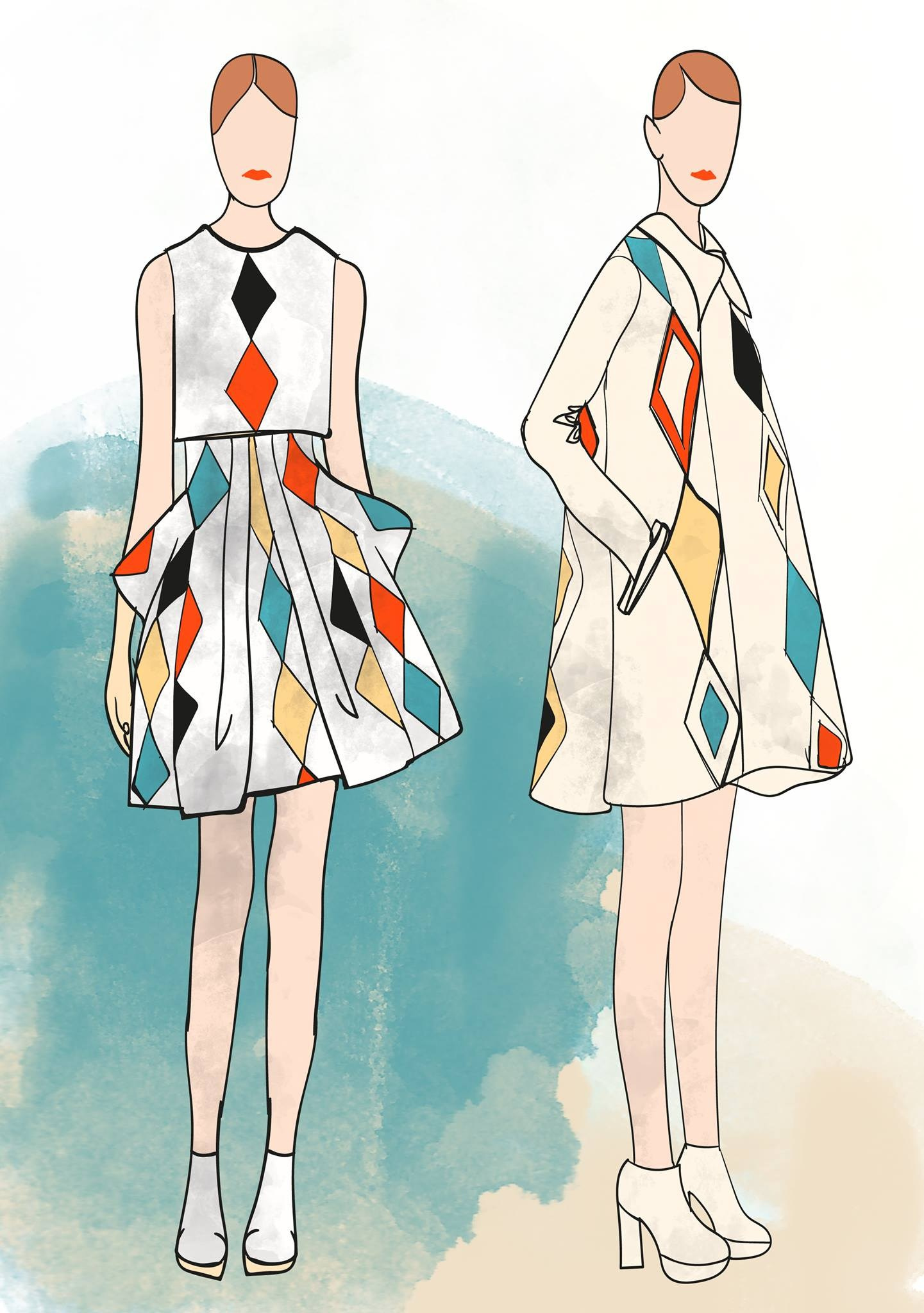
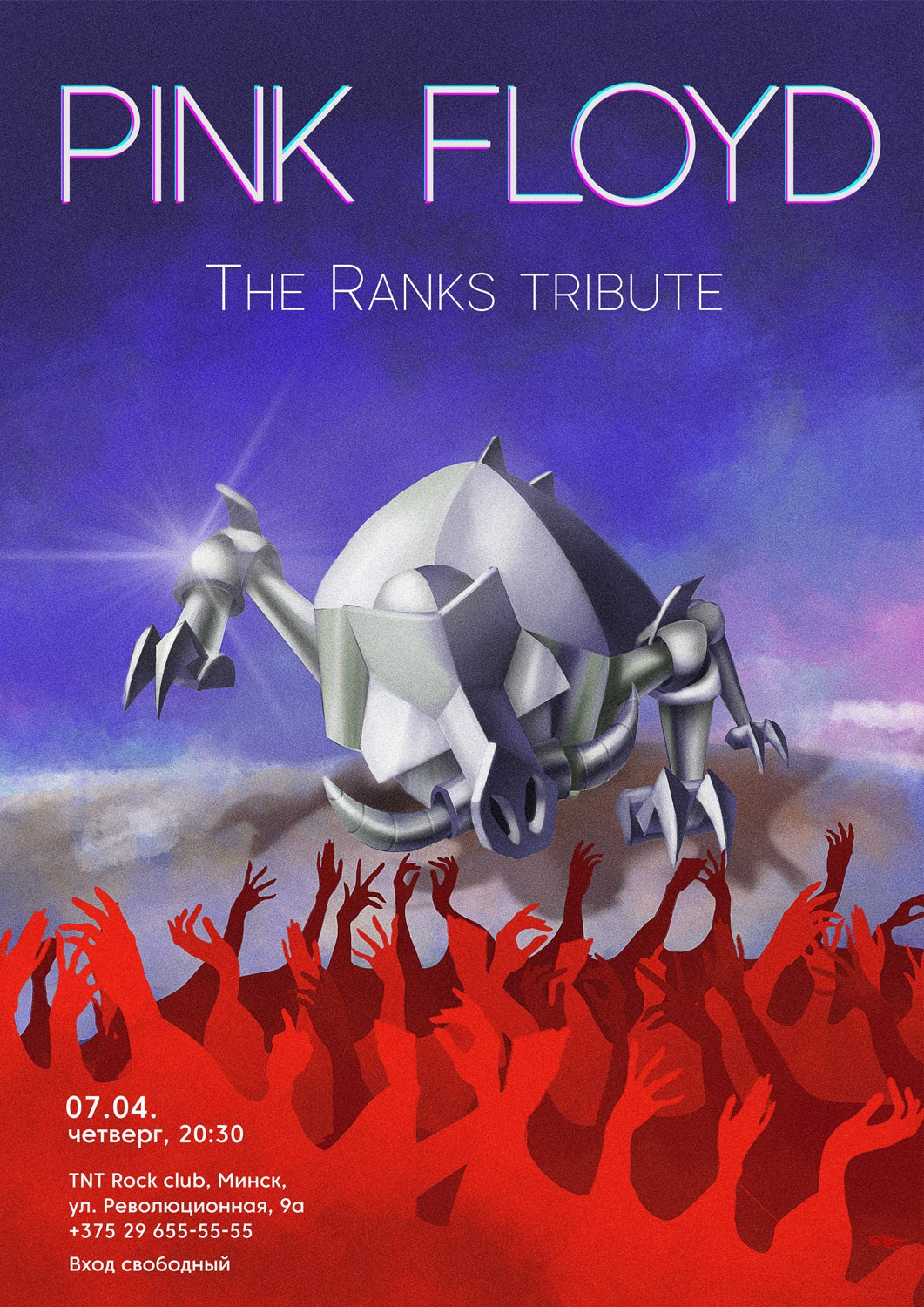
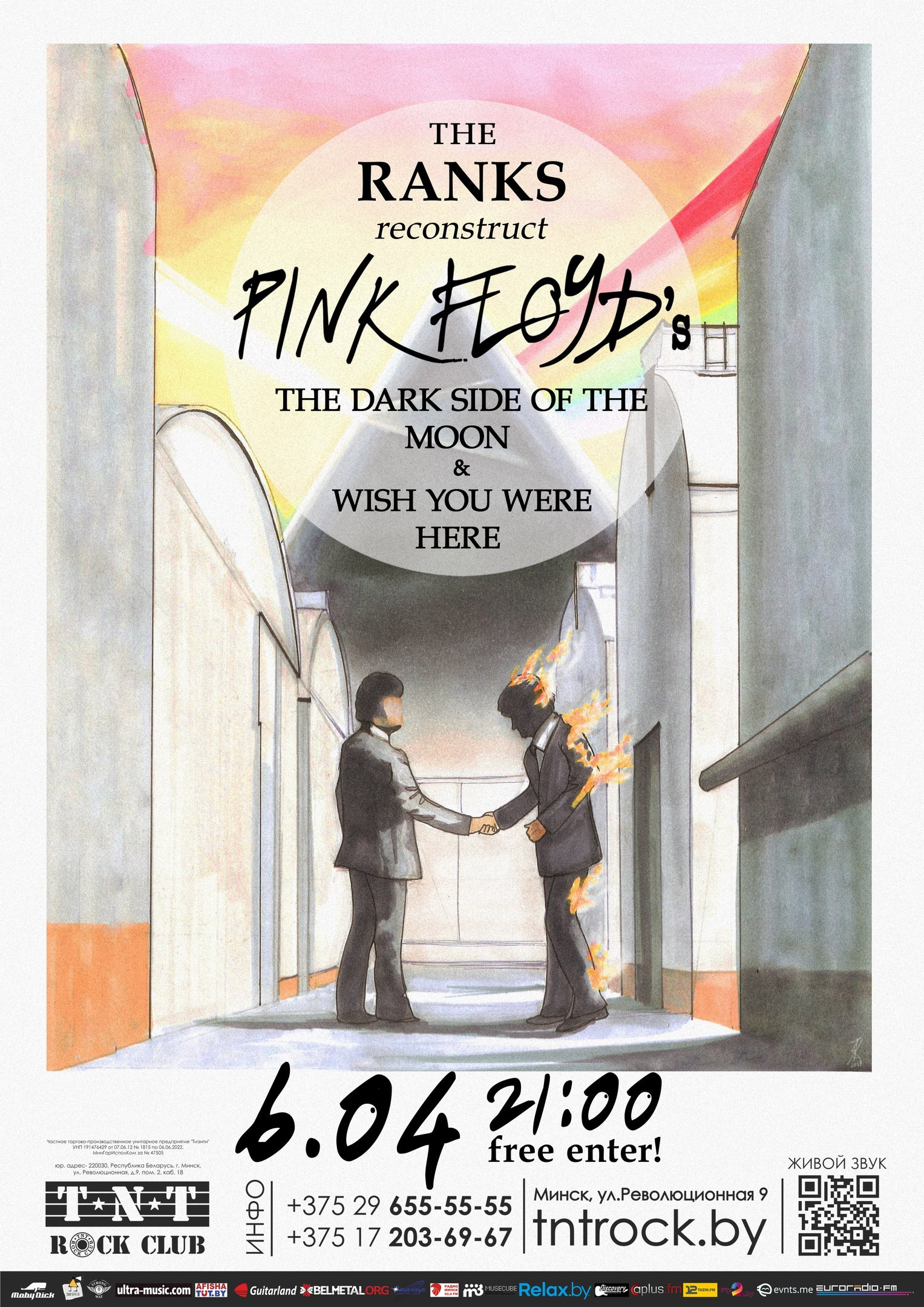
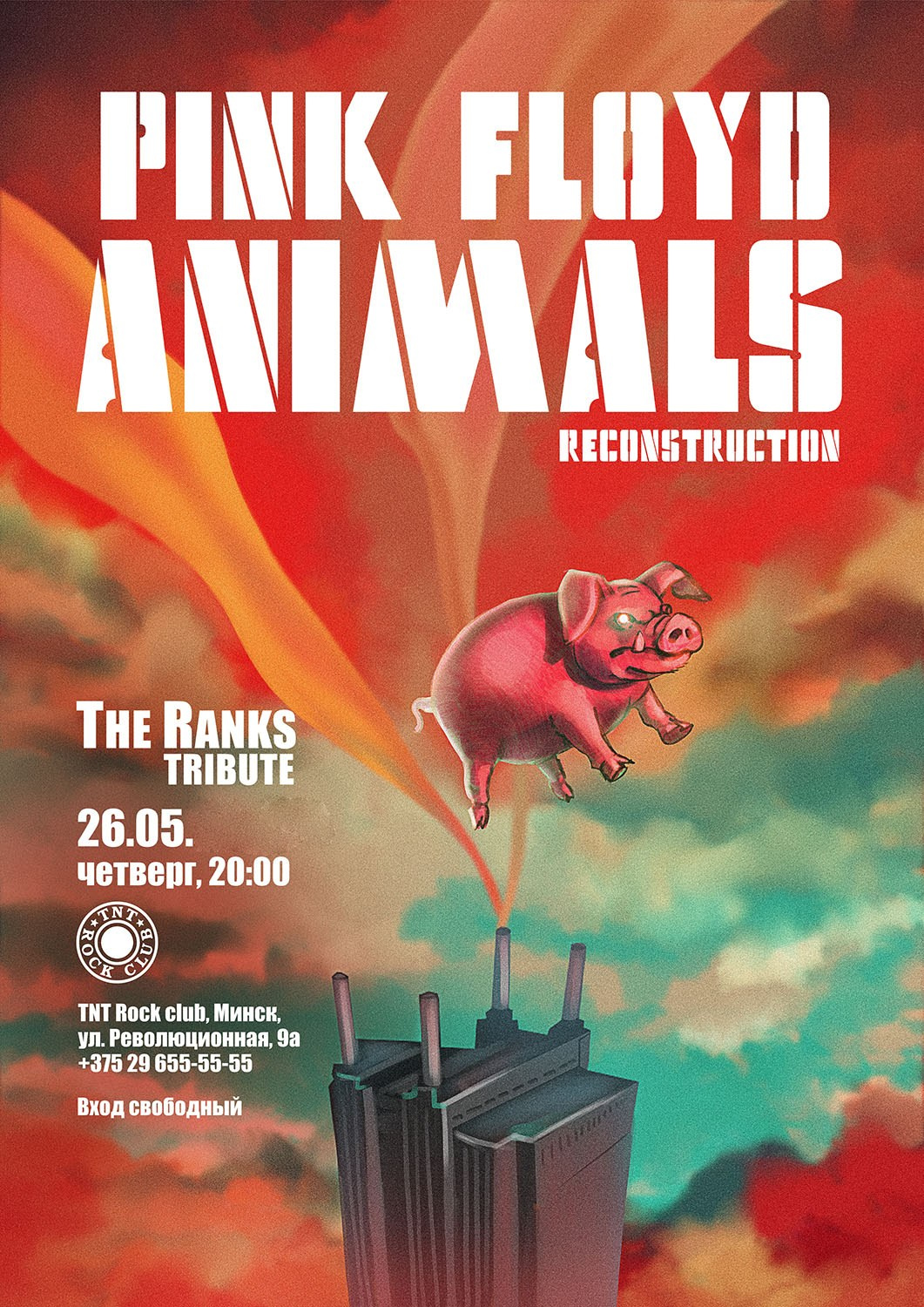
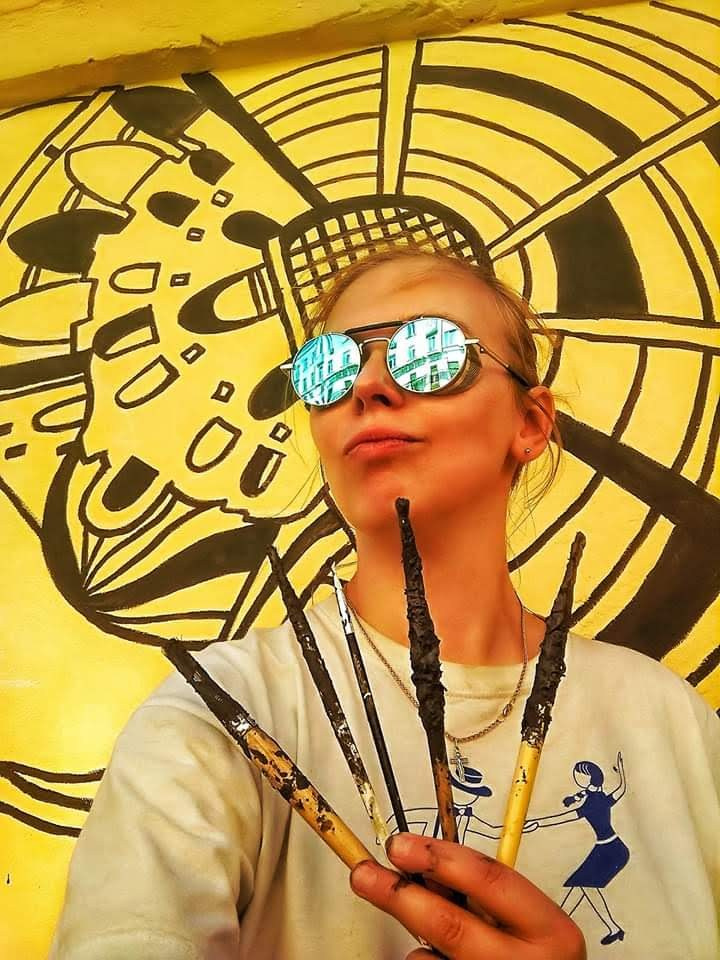
Alena
:
Right now, this is what you’re deeply immersed in. You’re giving it much more
of your time than before.
Katya:
Yes. I simply shifted focus and poured all my energy into it.
Alena
:
Katya, I mentioned it earlier—and anyone can see the calendar—today is the
first of July. And I must have heard it at least ten times today:
“Oh wow, June is already over, July has arrived. Summer will be gone
before we know it!”
Tell me, did you think this summer—or even last June—that it would become
not only part of your personal story, but also part of Minsk’s history?
Katya:
No. Honestly, I couldn’t have imagined anything like that. It took a huge
amount of effort.
It happened like this: as soon as I made a firm decision, once something new
started to emerge—after taking those art classes and discovering new
techniques—this project with flowers appeared. And so did the space for it.
So, you know: “Be careful what you wish for—it might just come true.”
And in my case, it all turned out almost comically.
As soon as I sent that wish out “into the Universe”, that I really wanted to
create something like this and would even be willing to do it for free—or just
for the cost of materials—this project came to me.
And not because I went looking for it. The people who needed someone like me
somehow found me. Someone who had the desire to bring an idea to life.
Alena
:
Let’s talk about that more specifically.
I scrolled through your social media and saw that on June 6 you wrote:
“A cool new selfie spot is appearing in the city. Yesterday I started
my project 'CityFlowers' or 'Harady-Kvietki'. Fifty-one cities will bloom on a
long wall.”
So tell us—what cities, what flowers? And what wall? Where is it? Because many
locals know that wall. People have taken photos there before, but it used to
feature completely different murals.
Katya:
Right. I’ll start with how the flowers came to be.
Again, I was taking classes with a wonderful art teacher. I say “wonderful”
because his approach to teaching was really unusual—unexpected, even.
Usually in drawing classes, you’re told to copy things: “Draw this shape here,
look at that one there…”
I’ve been through enough of those classes. I realized I needed something
deeper.
And this person worked with us in a completely different way.
Here’s how the flowers were born:
He had us write a short text during class. That’s right—writing in a drawing
class.
He said: “Write down whatever comes to you—maybe a couple of sentences,
maybe a paragraph. Express the emotions you’re feeling right now. What’s on
your mind? What’s moving you in this moment?”
Then we had to choose three words from our text—just three—that captured its
essence.
I wrote about the “Romeo and Juliet” production that was revived at the
theatre. It brought me so much joy.
I described it like a living being that had been sick for a long time. Because
the choreographer, Valentin Elizariev, had been absent from the theatre for
several years, and the ballet had kind of fallen apart.
Then he came back, fixed it up, gave it new life.
That’s how I described it—something long-forgotten and neglected, that finally
healed.
I don’t remember the exact three words I chose, but after that we had to
express the feeling as an image—of a city.
So I painted a city as a person.
Like I do now, building flowers out of tiny houses, back then I built a person
out of buildings.
He was sitting on a fallen tree—the last tree on Earth—and smoking the chimney
of a factory like a cigar.
That was the image: He killed the tree, and now he sits on it.
And then Sergey, the teacher, came over and said,
“You’ve got something special here with these abstract little houses.
And the concept itself is interesting. You should keep developing it.”
So I started thinking: maybe there’s no need for such dark imagery.
What if the city could transform—grow into a flower on its own?
Its rivers would become stems. Major streets, too. Cars could be little bugs
crawling around. Its buildings would bloom like petals.
That’s how the whole visual idea came to life.
I started adding iconic landmarks.
That’s how new CityFlowers were born. By the time I began working on the
mural wall, I had already painted Saint Petersburg and the Dutch city of Delft.
I had another piece with six or seven cities, which I submitted to an
international art contest.
People started telling me this was something new, something they hadn’t seen
before.
Usually artists draw sketches of cities—pretty buildings, yes, but still just
cities. But here they were turning into flowers. That caught people’s
attention. Cool.
Originally, I wanted to realize the project in a
café—imagine sitting at a “Paris” table, with a flower of Paris blooming above
you. Or “London, ” same idea.
And then suddenly, I was given a whole wall. And I can paint it ALL!!!
It’s enormous—60 meters long.
If you imagine the wall is about 2.5 meters high, that’s more than 120 square meters of surface!
Alena
:
Listeners, if you could see my face right now… (laughs)
That is a lot. Sixty meters—just the length! That’s insane!
Weren’t you scared? Standing there alone in front of that huge wall?
Do you remember the very first brushstroke?
Katya:
Very clearly.
That was the scariest part—just getting started. Like the fear of a blank page.
But experience teaches you not to be too precious with materials.
Don’t worry about wasting paper or paint.
And even a wall—if it goes wrong, you can paint over it and start again.
That thought helped me overcome the fear of the first stroke.
And now the whole thing exists.
Alena
:
Let’s take a short break. We’ll be back in a few minutes.
SMS number 9705 — if you’d like to ask Katya a question.
🎵 [Music Break — “Pick Up the Pieces and Go"]
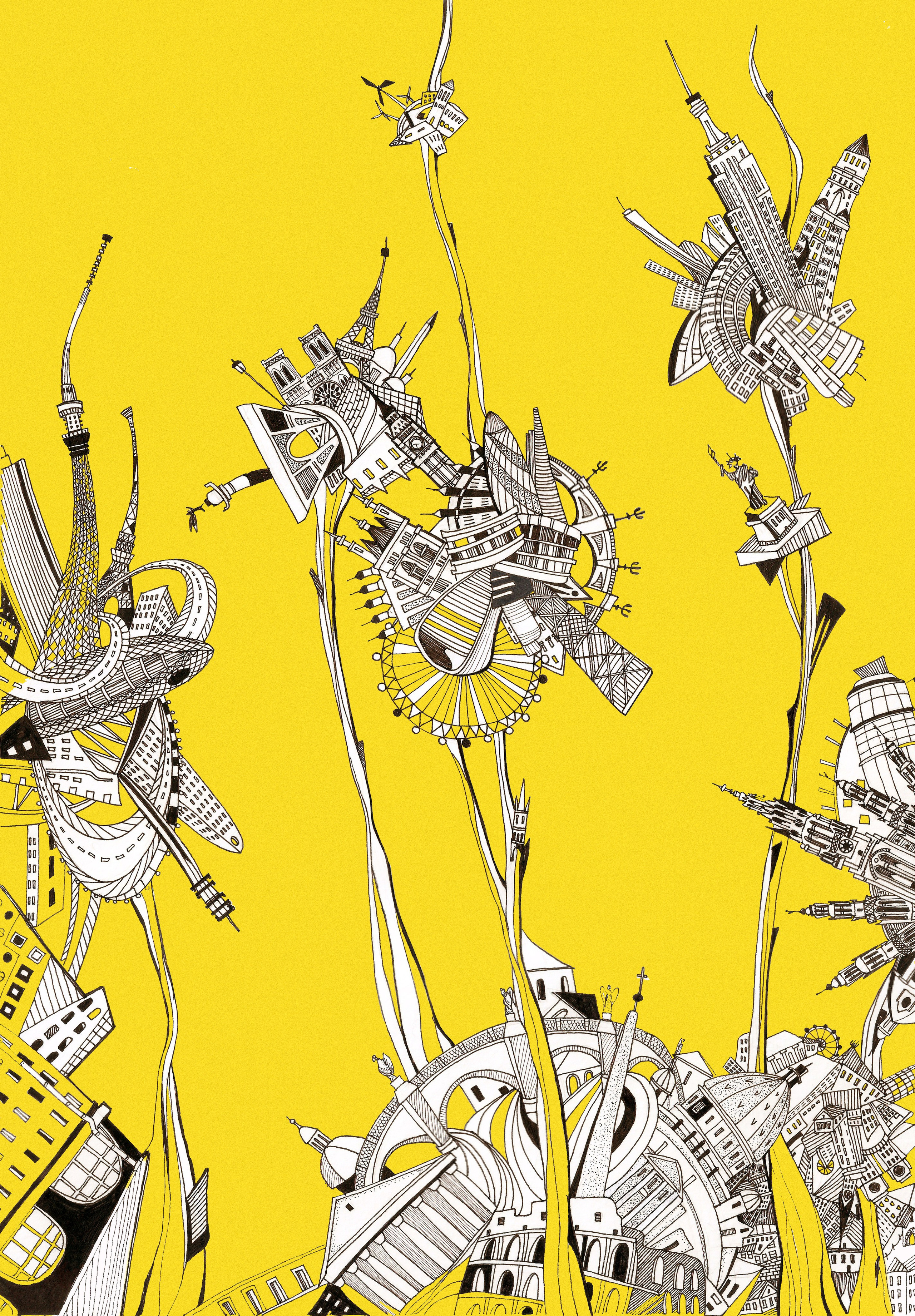
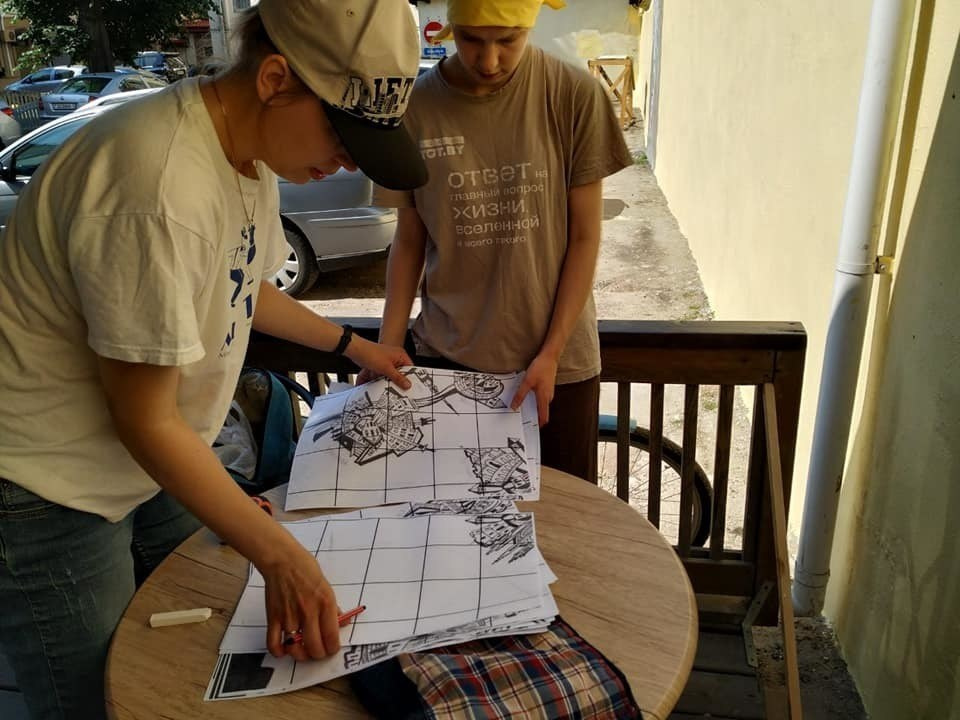
Voiceover:
Closer to the stars. Closer to art—and to yourself.
Alena:
We’re back with artist Katya Kaznadey.
If you have any questions or messages for our guest, text them to 9705.
Just a reminder—Katya is currently painting a mural in the center of Minsk. A
plain old wall in the courtyard at 15 Karl Marx Street is turning into an art
object called CityFlowers.
There are fifty-one CityFlowers. So the “flower family”
is now complete.
What stage are you at now? Are you just adding finishing touches?
Katya:
Yes, the wall is almost finished.
All the cities I wanted to include are now there.
Alena:
Which ones, exactly? Obviously Minsk is there.
Katya:
Minsk—and all its neighboring cities: Moscow, Riga, Tallinn, Warsaw…
I also have the Scandinavian set: Stockholm, Oslo, Helsinki.
All the cities are European. That was important to me—
I wanted this to be something any tourist in Minsk could enjoy.
Alena:
So that they feel at home when they find their city.
Katya:
Exactly.
I get so excited when I travel to a foreign city, especially in another country
where everyone speaks a different language,
and then suddenly—I see a clock that says “Minsk time”
or a compass rose pointing in the direction of my homeland.
I don’t know why, but it touches me deeply.
So I wanted to create something like that—so that someone, a foreigner,
could come and take a photo not just with our city, but with any European city
they’ve visited.
And I must say, it’s working.
People do stop by.
Just the other day, a woman from Denmark came by.
She was thrilled.
She scanned the wall for Copenhagen and found it.
I even heard her exclaim: “Oh! The Little Mermaid!”
(She said it in English, of course!) (laughs)
She took pictures—of the mural, of herself, and of me too. She asked if she
could share it online.
People love it. And she’s not the only one.
Throughout the whole process, I’ve had foreigners come up
and they were happy.
There’s an Israeli restaurant nearby, so I specifically added Tel Aviv and
Jerusalem on that part of the wall—two cities that are like two capitals of one
country.
That’s how the mural works now.
What’s left?
Yesterday I added a dark silhouette—a border that runs around the entire wall
like a frame.
It was part of the original design. Now I just need to “light up” the windows
with color, because right now that section still looks a bit gloomy.
I also need to sign the piece and, most likely, place a QR code nearby.
People will be able to scan it and read more about the project and the people
who helped bring it to life.
Because although this is very much my project, a lot of
people helped.
Volunteers…. and, for example —the Experimentus theatre lent me a projector
that let me speed up the work by half!
Before that, I was transferring sketches square by square—old-school style.
The layout was gridded, and I would scale it up with chalk and then paint.
It took ages—but it was good practice too.
Now I can paint from projection, from a sketch, or freehand.
So—call me! (laughs)
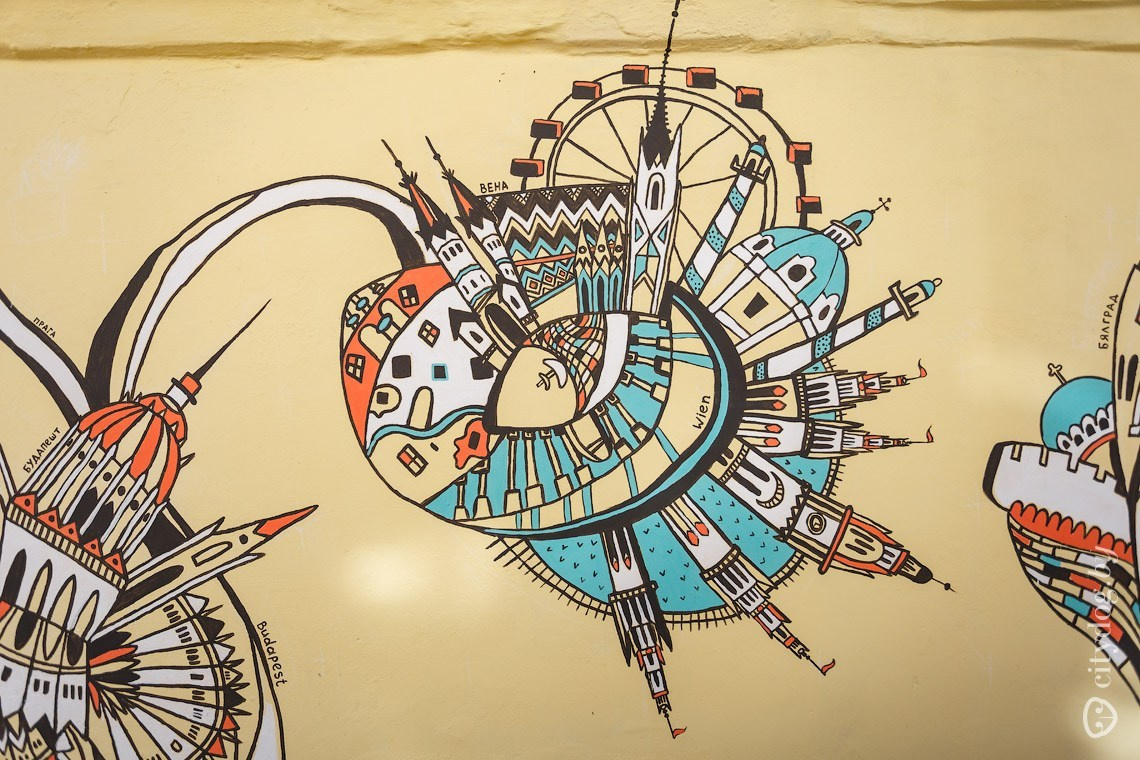
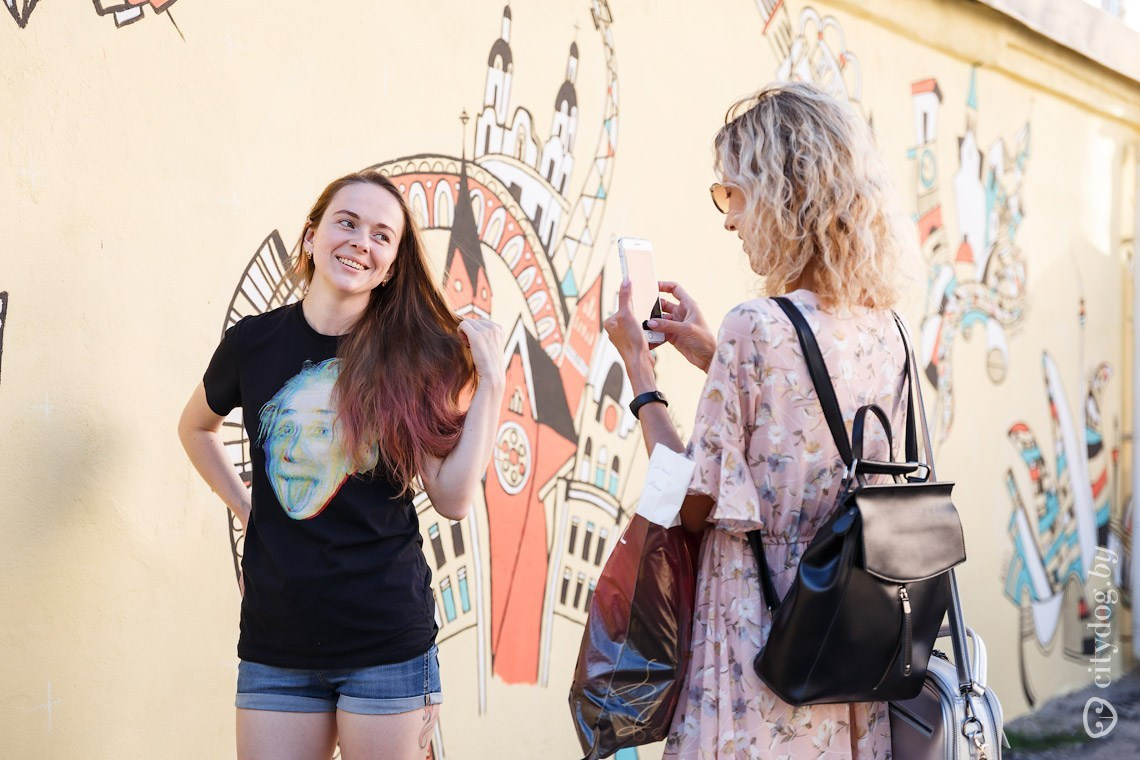
Alena:
Katya, about signing the cities.
Was it your idea to label them?
Because if I were walking by—like the Danish woman—you said she recognized
Copenhagen instantly, even without a label.
Why not leave it unlabeled, make it more like a game? Let people guess!
Katya:
You’re absolutely right.
At first, I did think about turning it into a sort of game—walk along the wall,
guess the cities.
But then people asked me to label them.
And I should probably mention—this whole thing came about thanks to the people
who “commissioned” the project…
Alena:
You mean the local residents?
Katya:
Yes, the people who live in those nearby houses.
Those garages belong to them—it’s their property.
They fought to save them, actually. There were plans to demolish them, maybe
even build a hotel there.
Instead, they wanted to turn the space into a point of interest—for tourists,
or just anyone walking by.
Karl Marx Street already draws a lot of interesting people
They asked me to sign the cities.
And actually, I’m thrilled that people recognized them right
away.
I had worried that my stylization—my little house distortions—might make them
hard to identify.
But people who’ve been to those cities, who know them—they recognized
them immediately.
And the labels help—especially for children, for learning.
To be sure, to double-check, to compare cities.
Alyona:
So you don’t get it wrong.
Katya:
Exactly. Just to be certain.
The names are useful.
And I wrote each one in the language of its own country.
Some are even in Hebrew or the Georgian alphabet. And in Belarusian.
So come visit, guess the cities—you can always cover the label with your hand
and try to figure it out yourself!
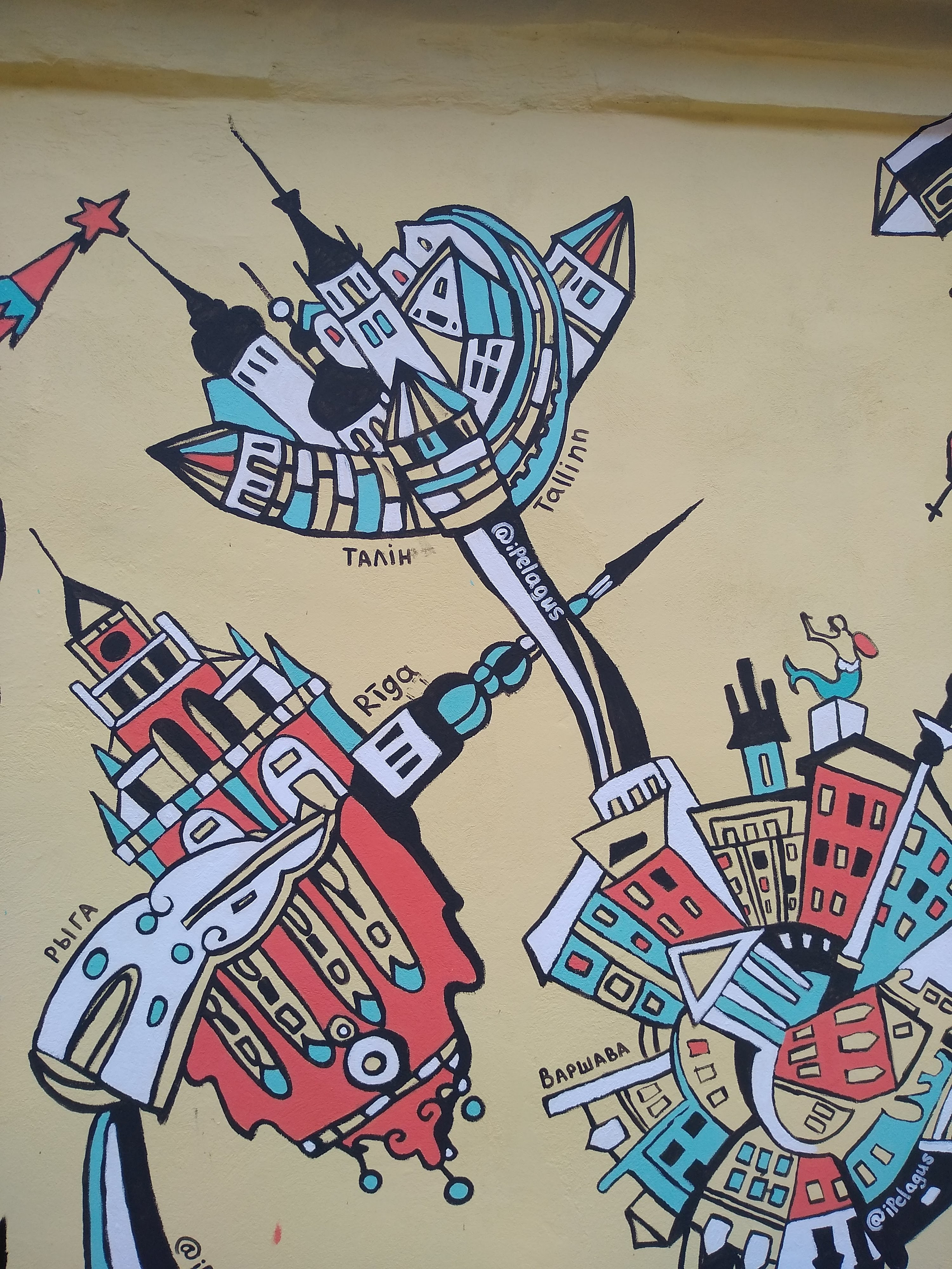
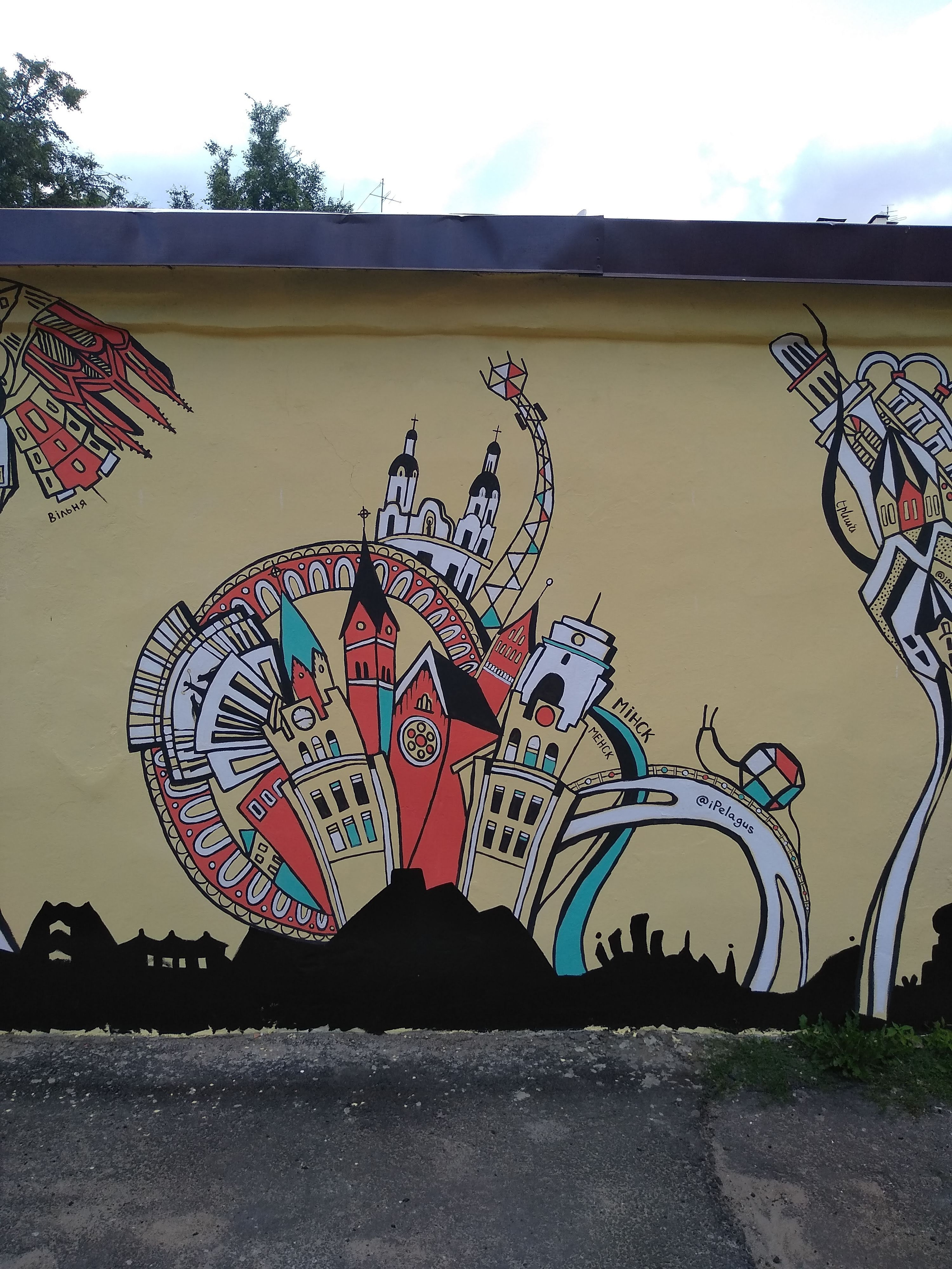
Alena:
I understand that you could describe each flower-city in great detail…
But to make it clearer, let’s talk about Minsk.
How did you illustrate it? How did you see Minsk?
What can people recognize from our landmarks?
Did you maybe try to reflect some sort of character?
Katya:
Mhm… Minsk, actually, I originally wanted to draw as the very last flower.
But I was kind of rushed — there were some complications with the city
approval.
On the 15th, right before the opening of the European Games, they really wanted
to show what it would all look like.
So they asked me very nicely to make sure Minsk was already there.
I’ll be honest — I thought about it a lot.
Some cities I could sketch in a day, or even a few hours, because all I needed
was to find the right landmarks.
But Minsk… I think I spent several weeks thinking about it.
I really wanted to portray it the way I see it — warm, a bit “lamplike.”
That’s the only word that comes to mind.
It’s a city that’s both modern and not modern at the same time.
It’s so mixed — we have these 1950s buildings and also ultra-modern ones.
But apart from the National Library, I decided not to include the newer ones.
I wanted to show Minsk the way I remember it from childhood.
For me, Minsk is definitely associated with the Red Church, the City Gates…
The Town Hall was recently rebuilt, but I love it too.
In general, Freedom Square, the restored “Europe” Hotel…
That’s where my beloved Conservatory is — it’s still there.
The Upper Town, the concert hall — I really love that area.
That’s the center of Minsk for me.
I remember walking there with my father, back when a lot of it was still in
ruins.
So I included the Town Hall, and the Library too —
it’s become a real symbol of Minsk.
I just couldn’t leave it out — so I drew it as a wise snail. Why not?
There she is — she’s got this beautiful, colorful shell.
And inside, she feels cozy.
She’s wise, full of knowledge.
That’s how that character was born — and I added her in as well.
Alena:
Maybe slowly absorbing the world?
Katya:
Yes, she’s savoring it, thinking, not in a rush at all.
That’s probably part of our national character too — we’re a calm people.
Savoring life, able to enjoy things now and then.
Alena:
You’re describing it all so vividly, it makes me want to run — not just
walk —
to go see these cities, discover them, find something of my own.
Maybe you photographed something on your travels, and Katya saw it completely
differently —
the same landmark in Tel Aviv or Jerusalem or Copenhagen.
But Katya, street art is fleeting.
Wind, snow, rain…
Do you, like that snail, take a wise view of life —
do you accept that these cities might disappear?
Katya:
Disappear… well, everything disappears in this world.
Eventually, they’ll turn into ruins too.
Maybe they’ll become the backdrop for a beautiful new piece.
Not necessarily by me.
But for now, they’re here.
This is my first big work of this kind,
and I’m learning to accept that street art is temporary.
It’s great if it lasts for a while.
And if some talented person comes along and wants to paint over it —
well, I’ll accept that.
Just… hopefully not too soon.
At least let me photograph it for my portfolio.
Alena:
Before we went on air, we talked about how you’re planning to release a sticker
pack for Telegram —
“Ironic Belarusian Stickers, ” if I understood correctly.
You were part of a contest for the Belarusian-language version of Viber and
took third place with your Belarusian ironic sticker set.
I was really struck by “Khavaysya u bul’bu” (Hide inside the potato) —
that’s so Belarusian.
I immediately wanted to have those stickers.
What’s the plan now?
You said you have six so far — but you need about twenty.
What kind of emotions will be in there — Belarusian, ironic ones?
Katya:
Well, I’m still thinking about it.
I want to include a surprise, too.
So I won’t give everything away just yet.
But yes, I’ll definitely release that sticker pack.
It’ll be free, on Telegram.
Of course, if some messenger wants to buy the rights — I wouldn’t say no.
Alena:
But the plan is for it to be free?
Katya:
Yes, absolutely.
Because I don’t want this work to be for nothing.
It’s already brought joy to people, and I’ve had so much fun making them —
watching how people react.
And I didn’t just make them out of thin air.
I really tried…
Well, I should say my brother helped me — he’s a very talented person too.
We worked to make the sticker pack so that every sticker could be used in
everyday conversations.
They’re not tied to anything specific.
Yes, each one has a reference — a certain quote, or a character, or a monument
—
but they’re versatile.
You can use them as a reaction to a funny joke, or even use them to joke
yourself.
That’s what stickers are for — communication.
And it’s funny because they reflect our mindset —
how we approach everything with irony.
Alena:
“Dakranacca
p’yashchotna” (Touch
gently)
Katya:
Yes, exactly. (laughs)
Now you can touch things gently. We’ll definitely make that one too.
As soon as I finish the wall project — it’s almost done, really…
It should be ready within a week.
I also want to create a website,
and very soon the sticker pack will be out.
I promised. (laughs) We’ll make it happen.

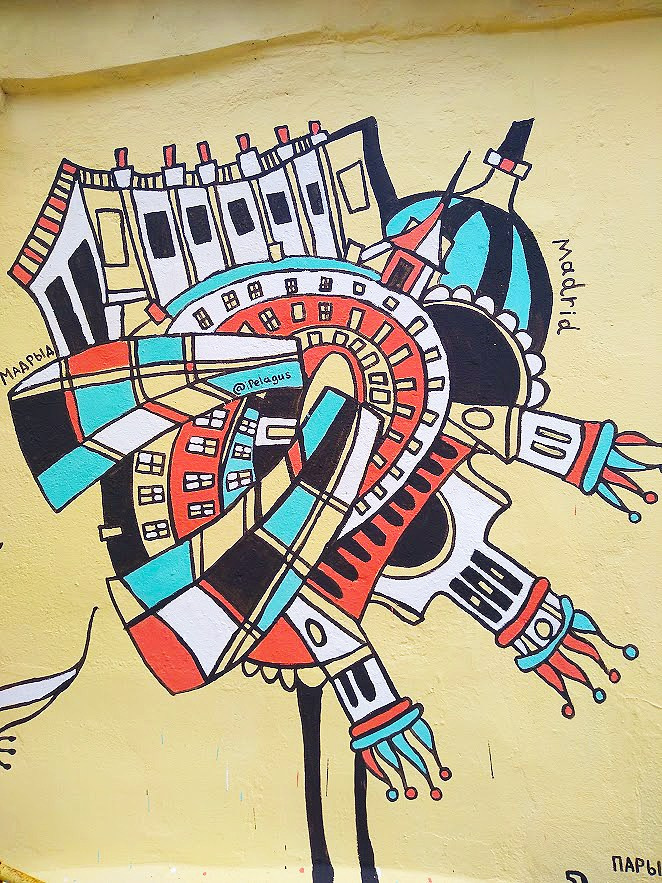
Alena:
Katya, today you talked a lot — about your art, of course,
but also about the people around you, the ones who help you.
You mentioned your husband, your brother.
I’m sure if we had more time, you’d mention even more.
It sounds like there are people who mean a lot to you.
When was the last time you told them that?
You can tell them now.
Katya:
Umm… (laughs)
Alena:
If you haven’t yet today.
Katya:
Oh, then I have to say it to everyone!
Let’s start with my parents.
I try to always tell them I love them —
because they’ve been my support, they raised me,
they made me who I am, they invested so much in me.
(Even when I resisted — they still poured themselves into me.)
They helped me.
My mom didn’t stay on the sidelines either —
she spent the last three days with me at the wall,
helping paint the flowers.
Huge thanks to her.
My brother, who supported me — emotionally, physically too.
And of course, my husband, who didn’t stay on the sidelines either.
Even though it was a stretch, he supported me, bought me my first set of paints
for this huge wall.
And then there were others —
one of them is Andrei Klimovich.
I didn’t even know him before.
But he got so inspired by the project that he donated money for paint.
There were people who loaned me a projector —
the “Eksperimentus” Theater.
So yes… aaaahhh…
Alena:
Glory to them all!
Katya:
To everyone! Yes!
I really try to tell them — always.
Alena:
And even if Katya doesn’t say it — she feels it.
So, people — know this!
If she doesn’t say it out loud, it doesn’t mean she doesn’t think it, or
doesn’t want to say thank you.
Katya, thank you for the conversation. Thank you so much.
For your thoughts, your project —
because I think this wall is going to come alive.
It’ll become a truly cool place for selfies.
There used to be a lucky waving Chinese cat there —
let him take a rest now, and make room for other cities, not just the Chinese
one.
Let me remind everyone that today’s guest was the young artist Katya Kaznadey.
She’s creating an amazing place for selfies right now.
I’ve probably never used the word “cool” so many times in one episode — “cool
selfies, ” “cool spot”…
But this dull 60-meter garage wall on Karl Marx Street is turning into an art
object right before our eyes.
And there are fifty-one flower-shaped cities on it.
So let’s go take selfies — and be glad we have something like this.
Katya:
Absolutely.
Alena:
Thank you for that.
And with that, I, Alyona Davydava, say goodbye. Until next time.
[Music playing]
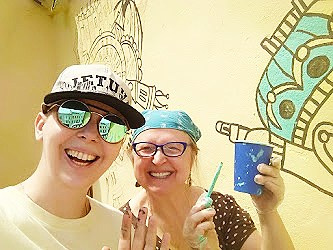
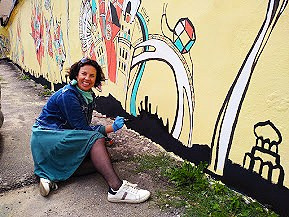

Blog
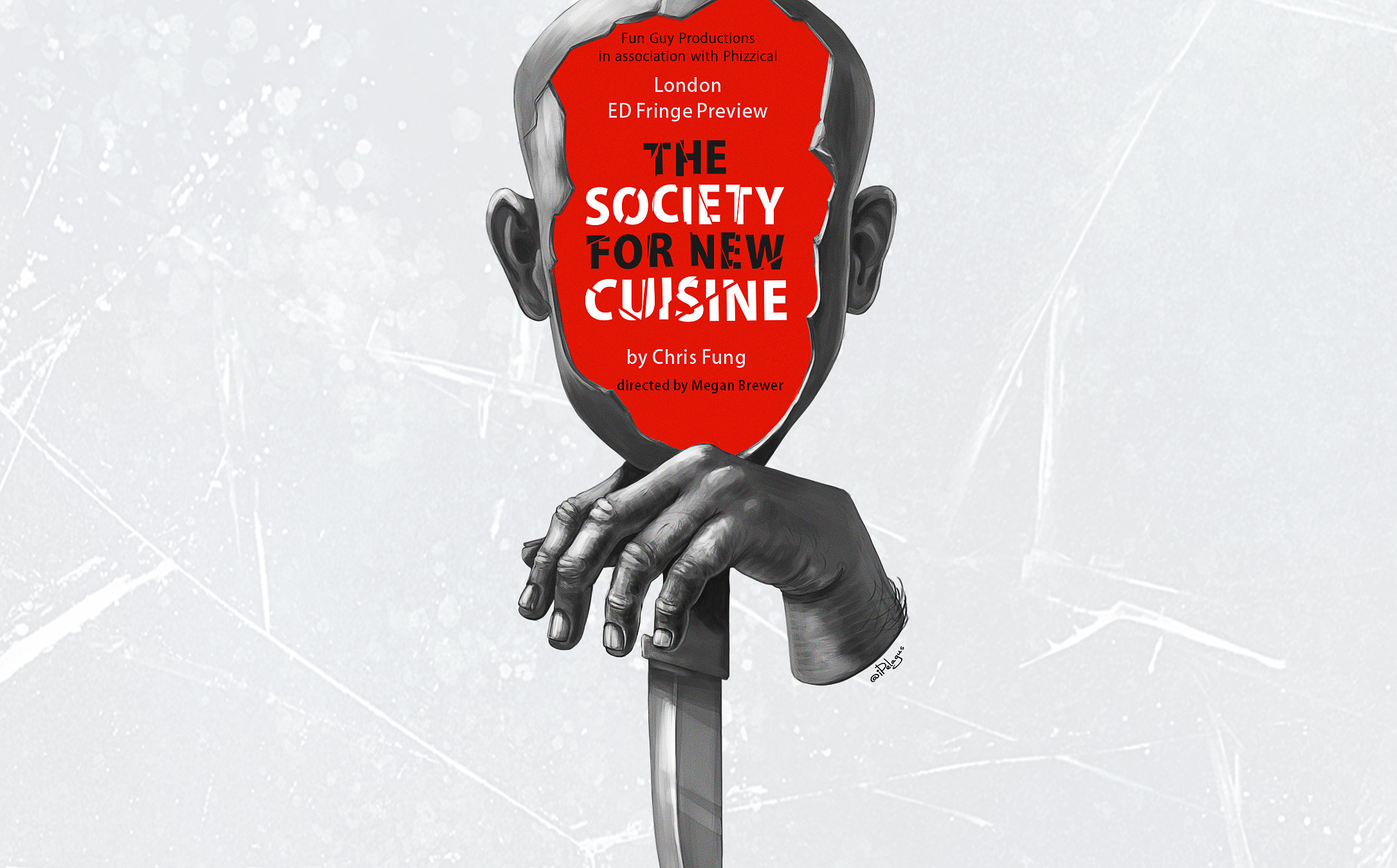
The Society for New Cuisine
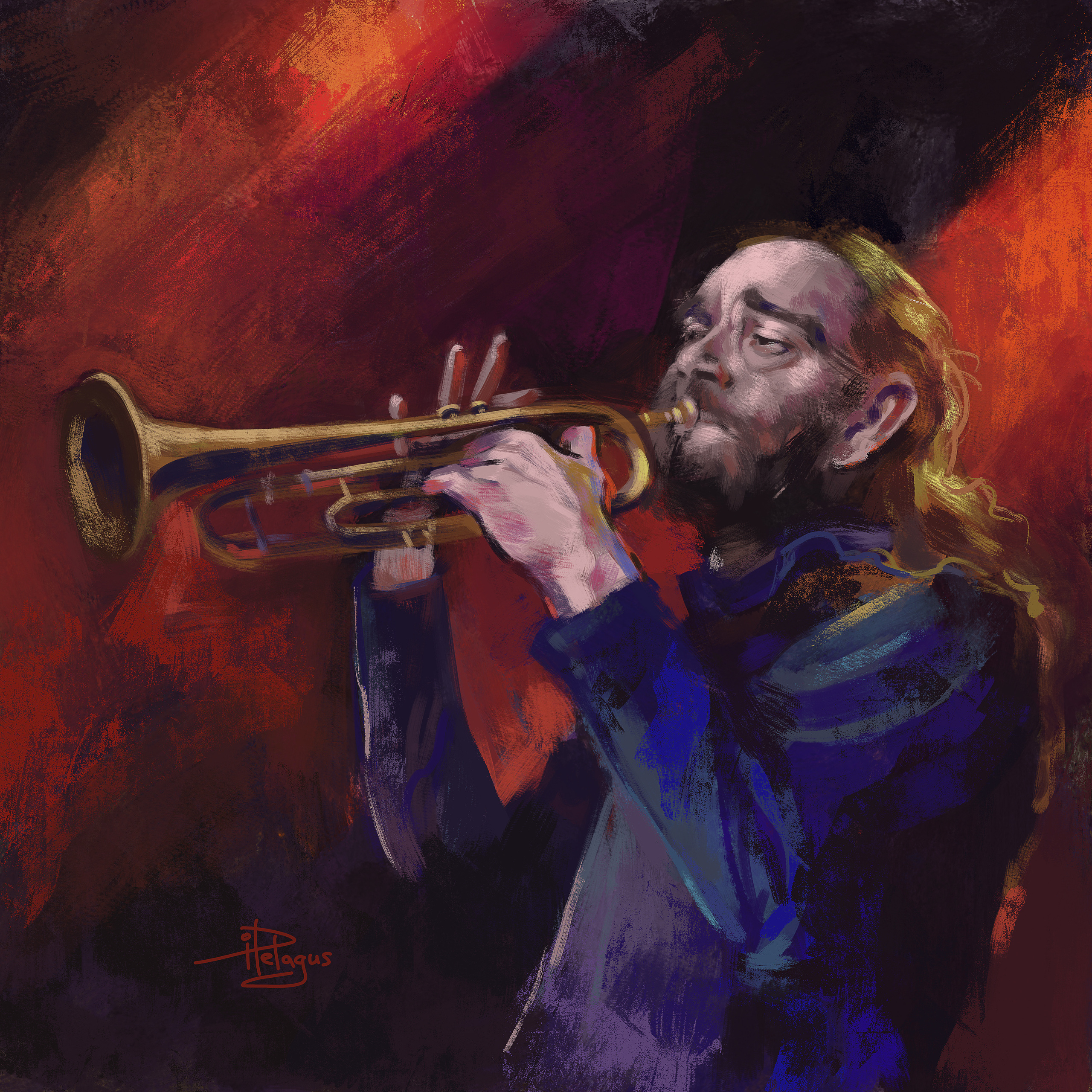
Jazz Jamboree 2022
